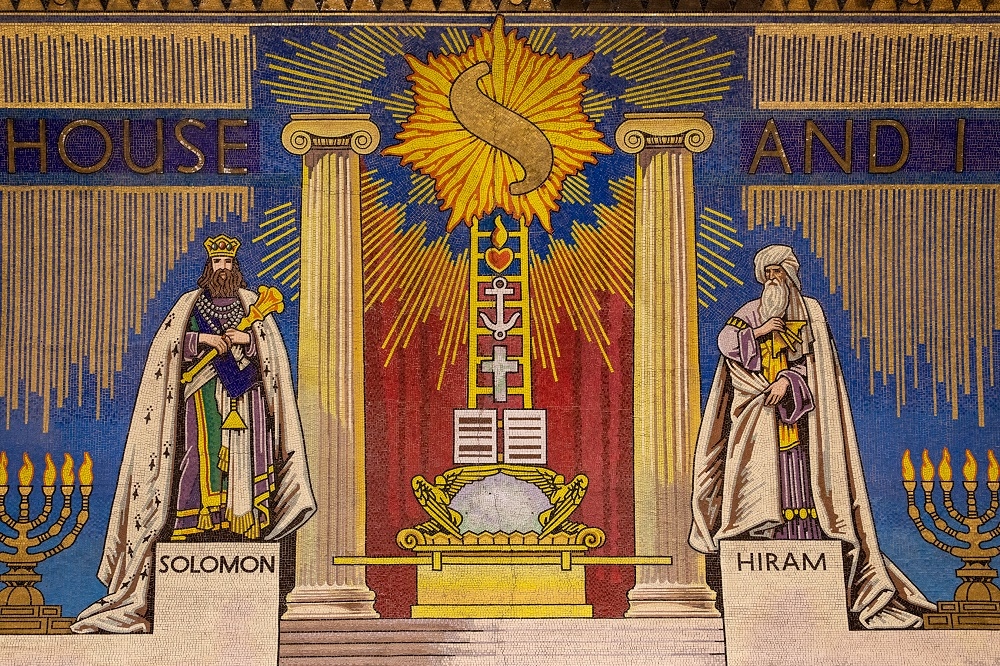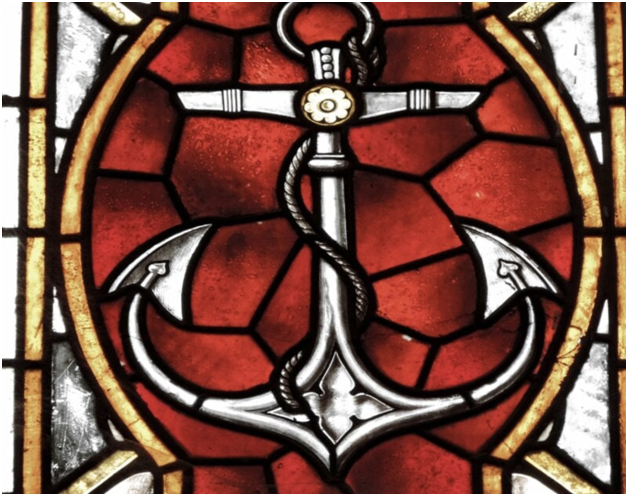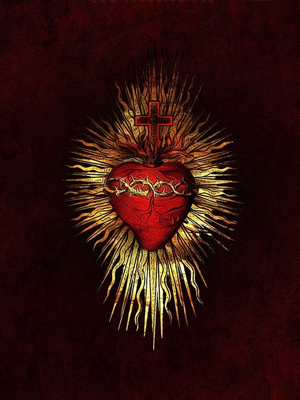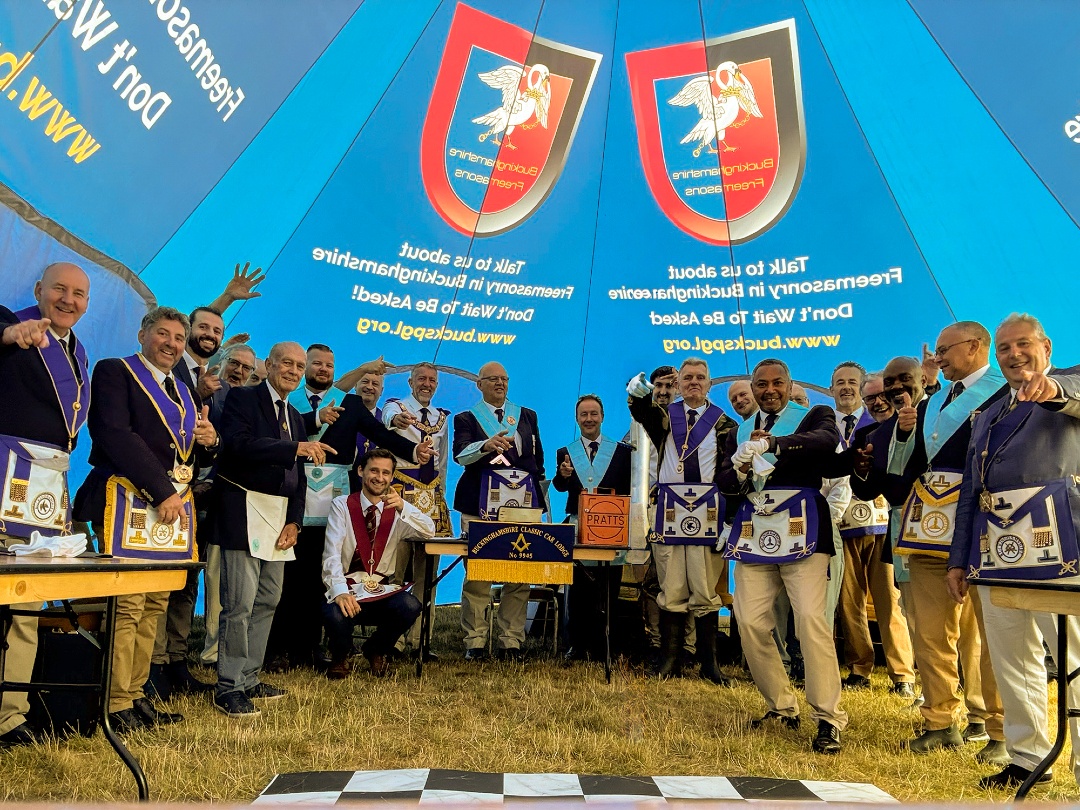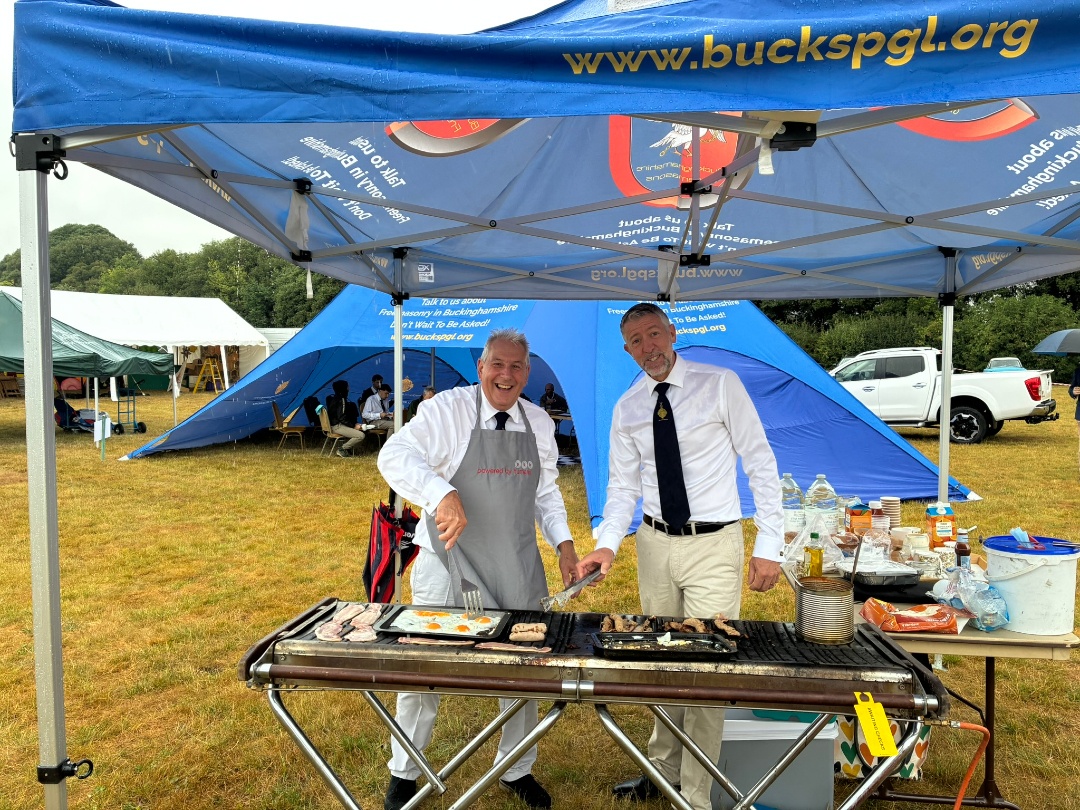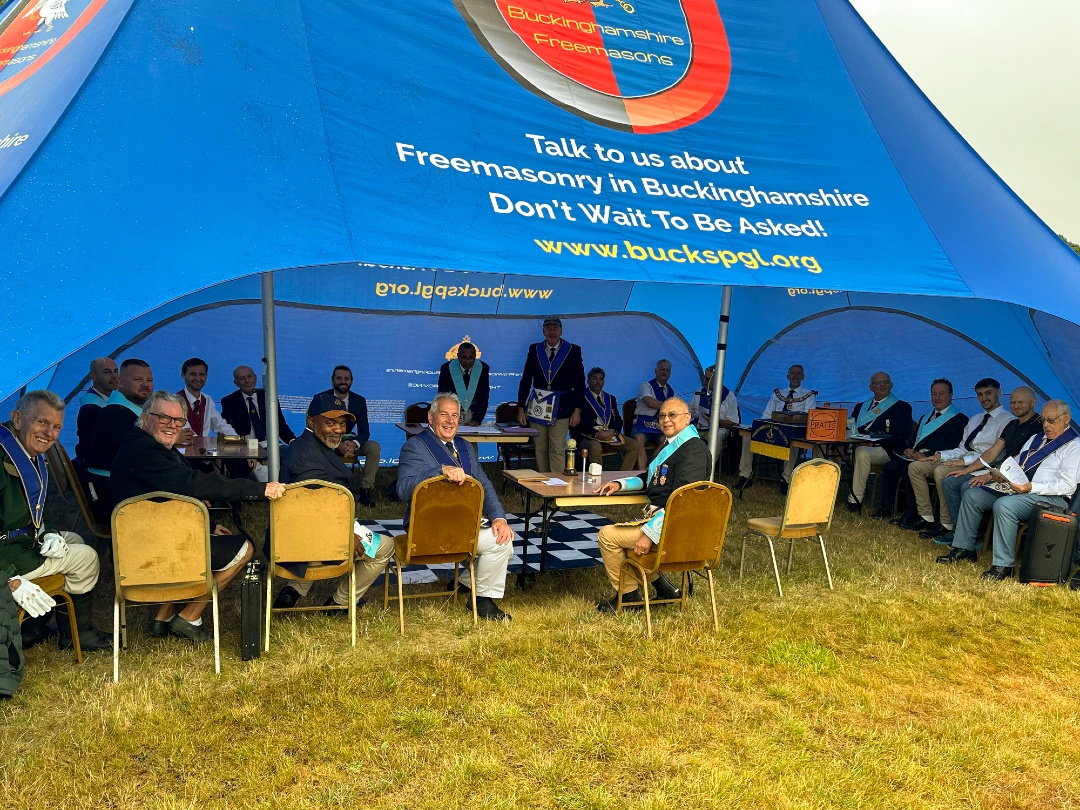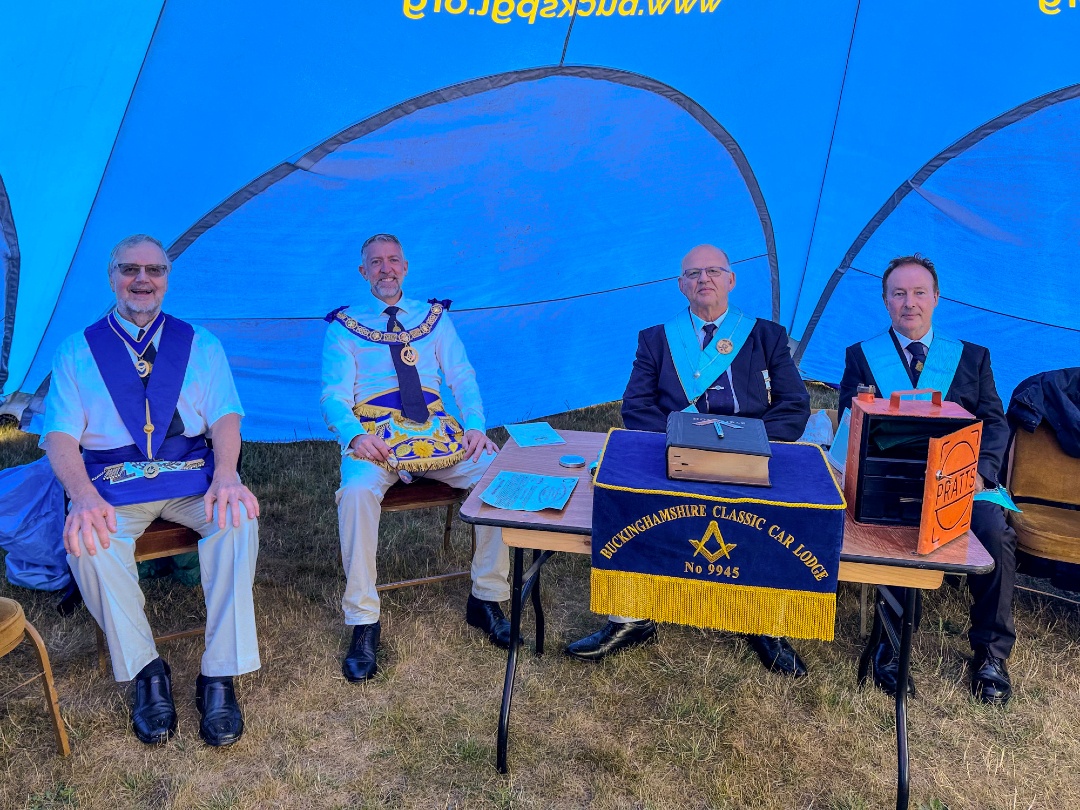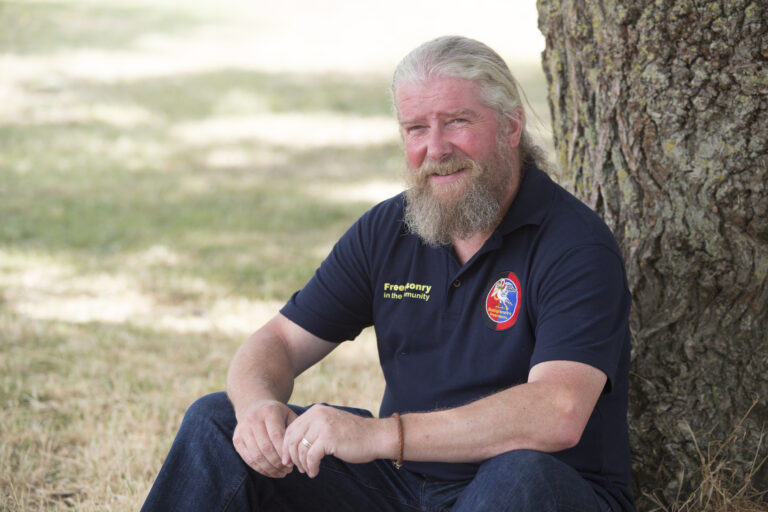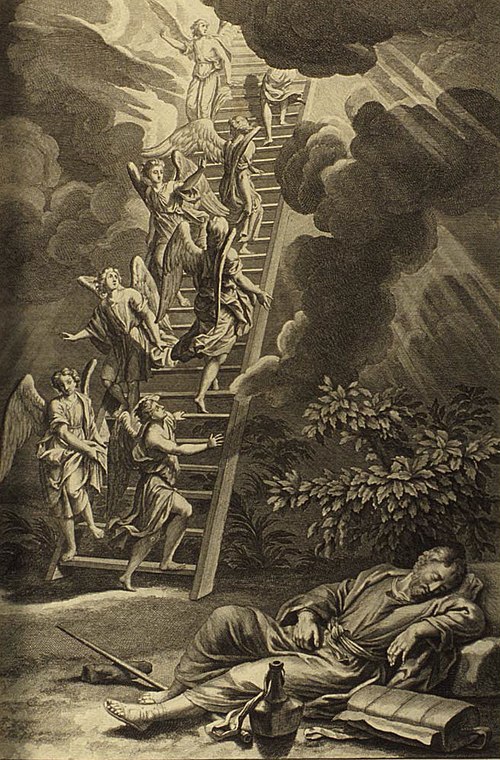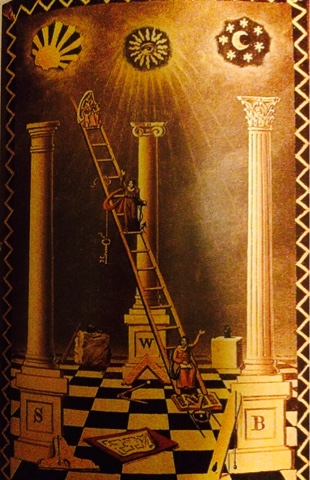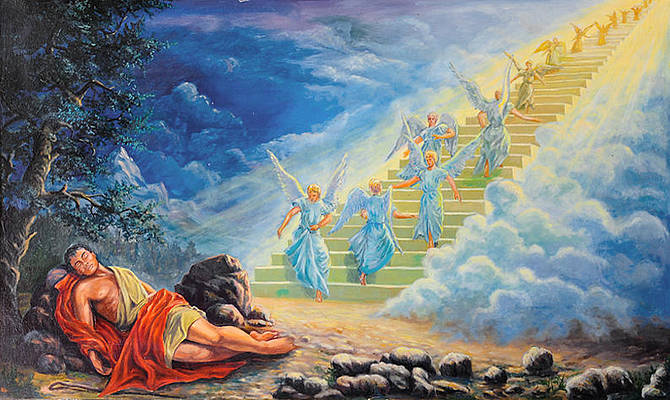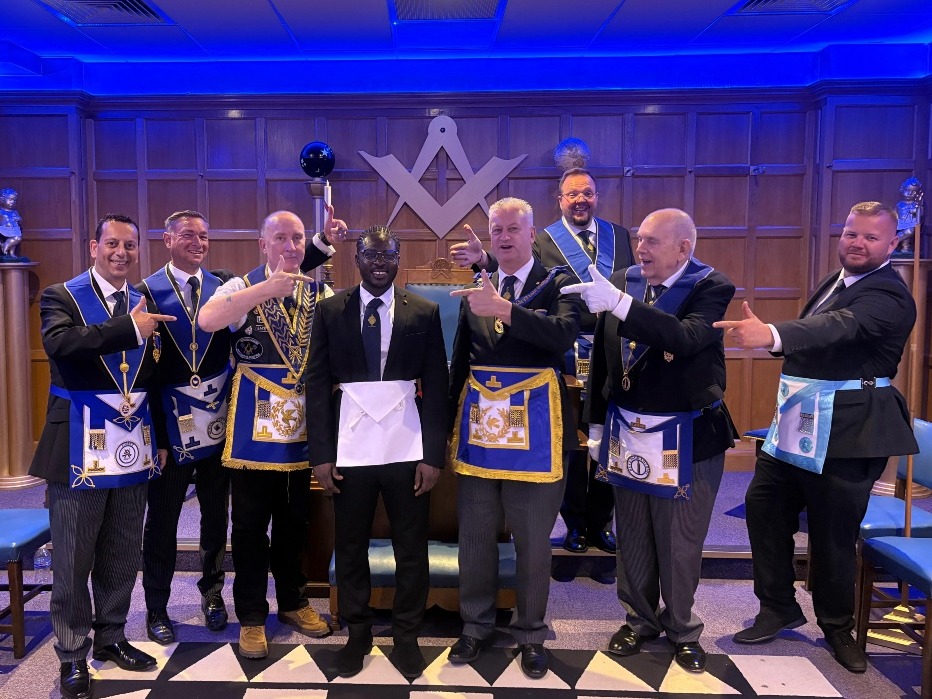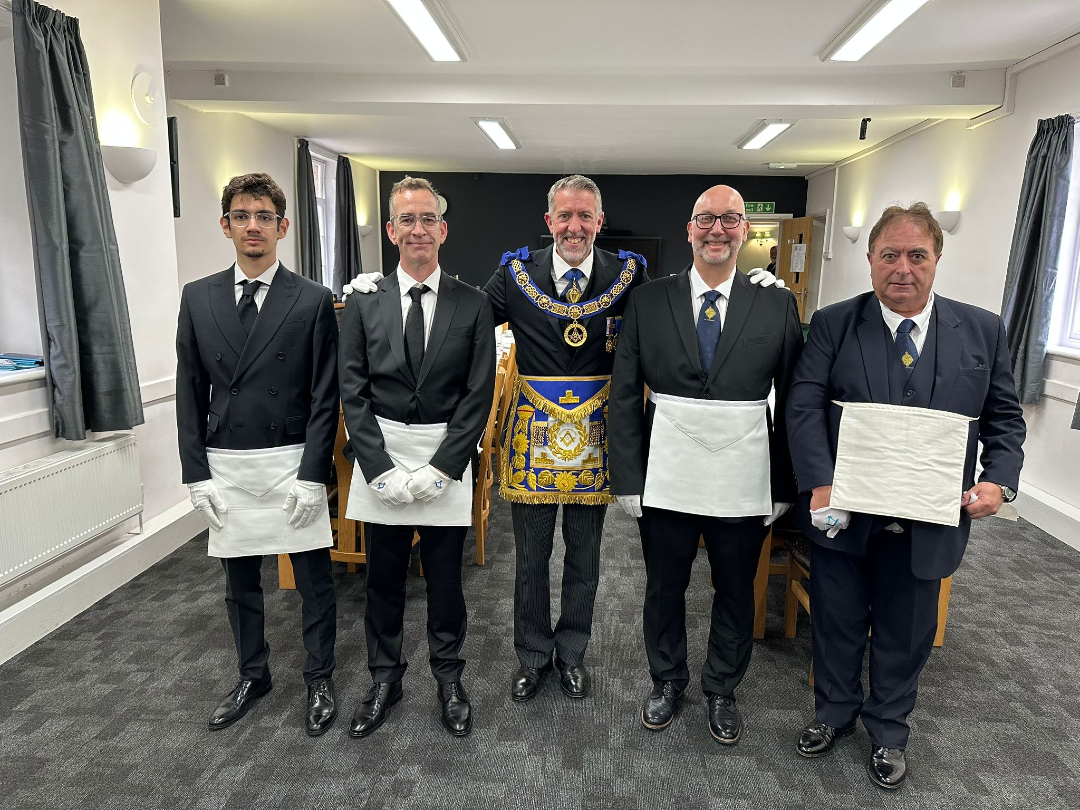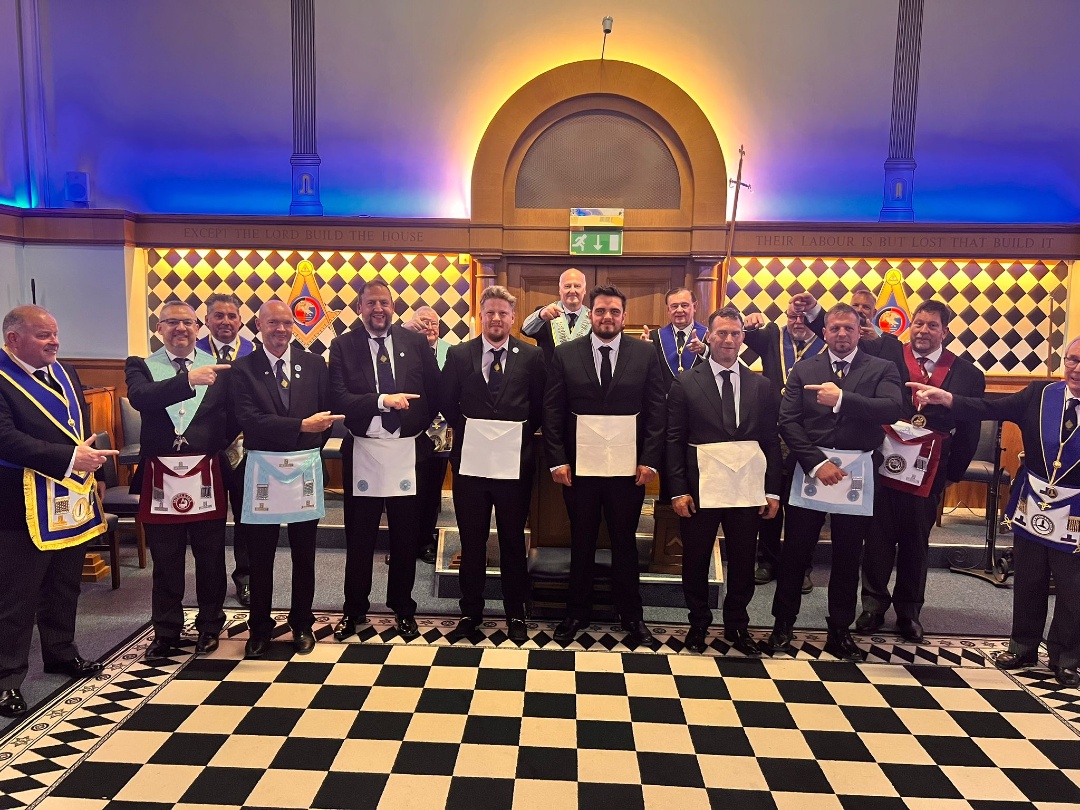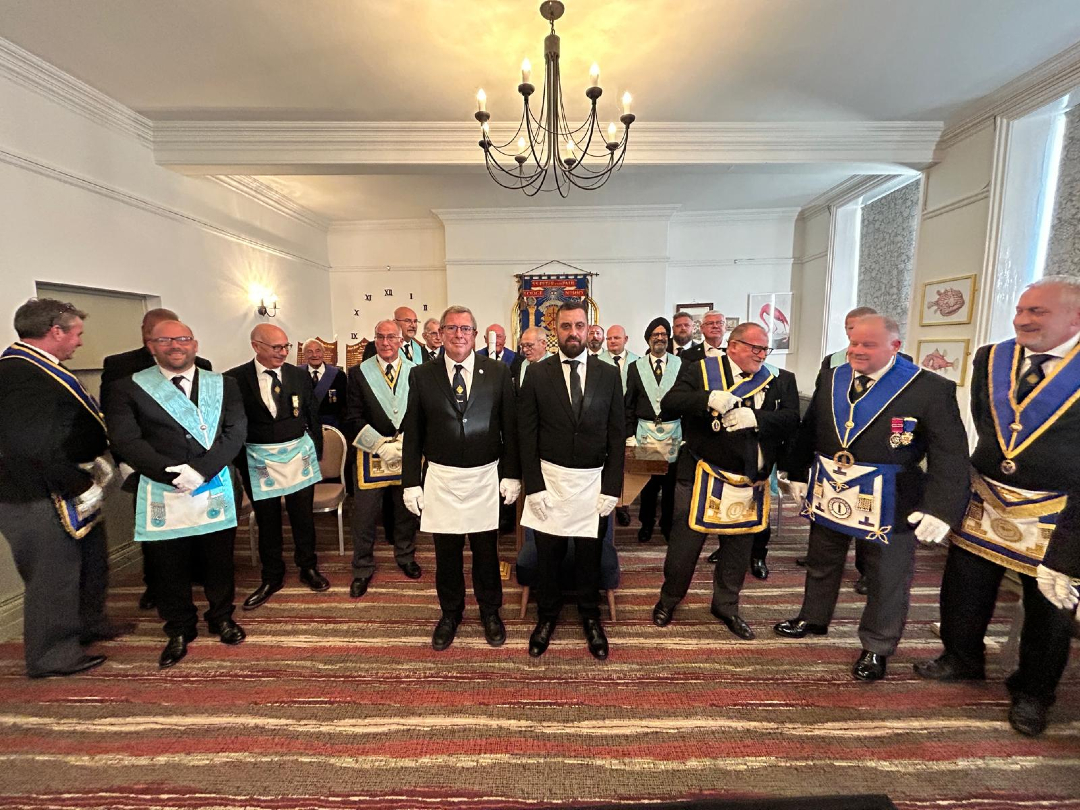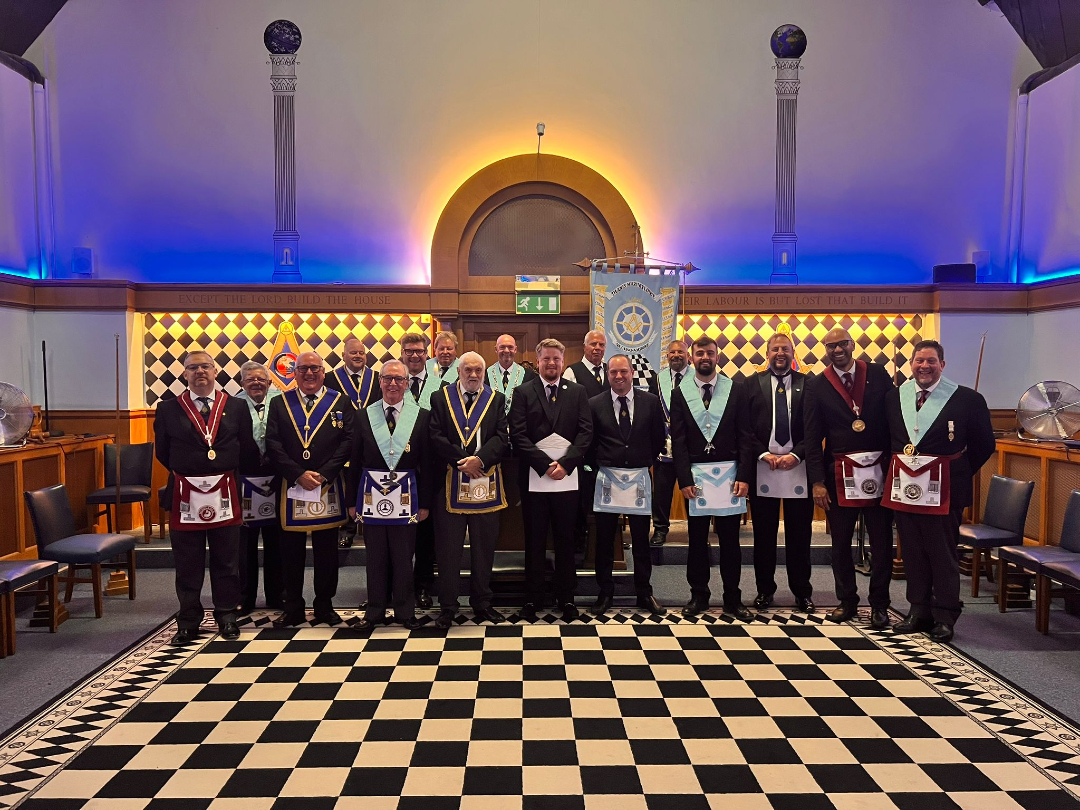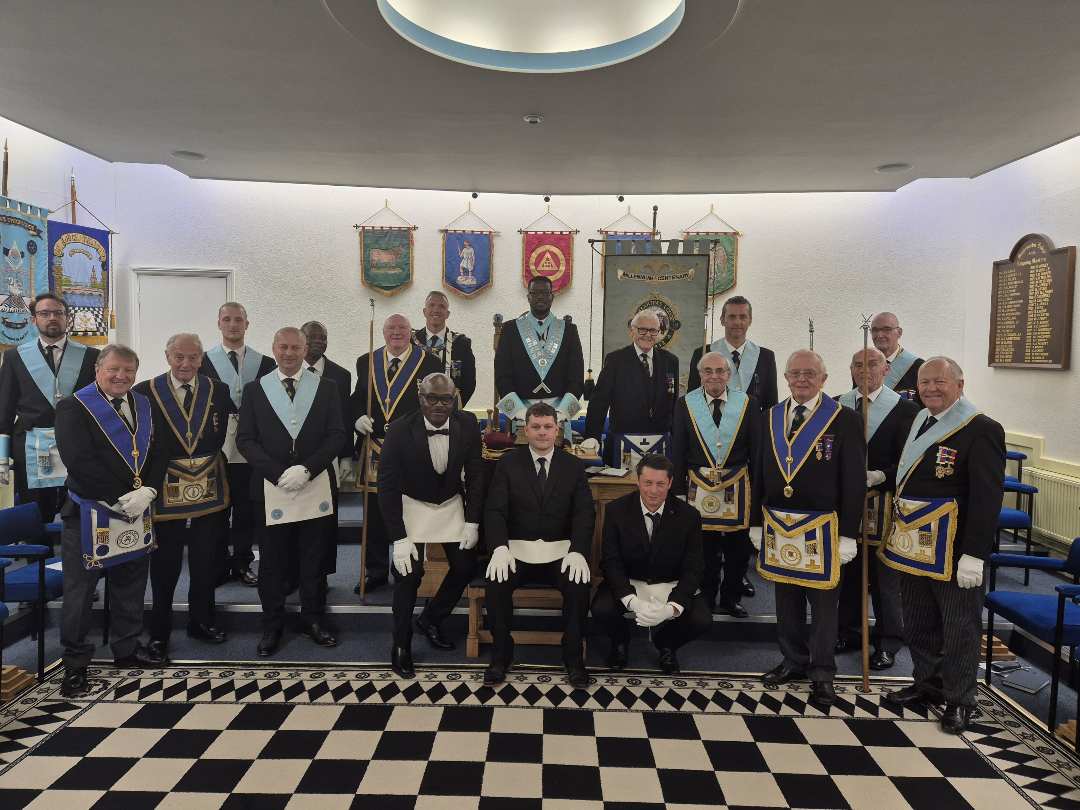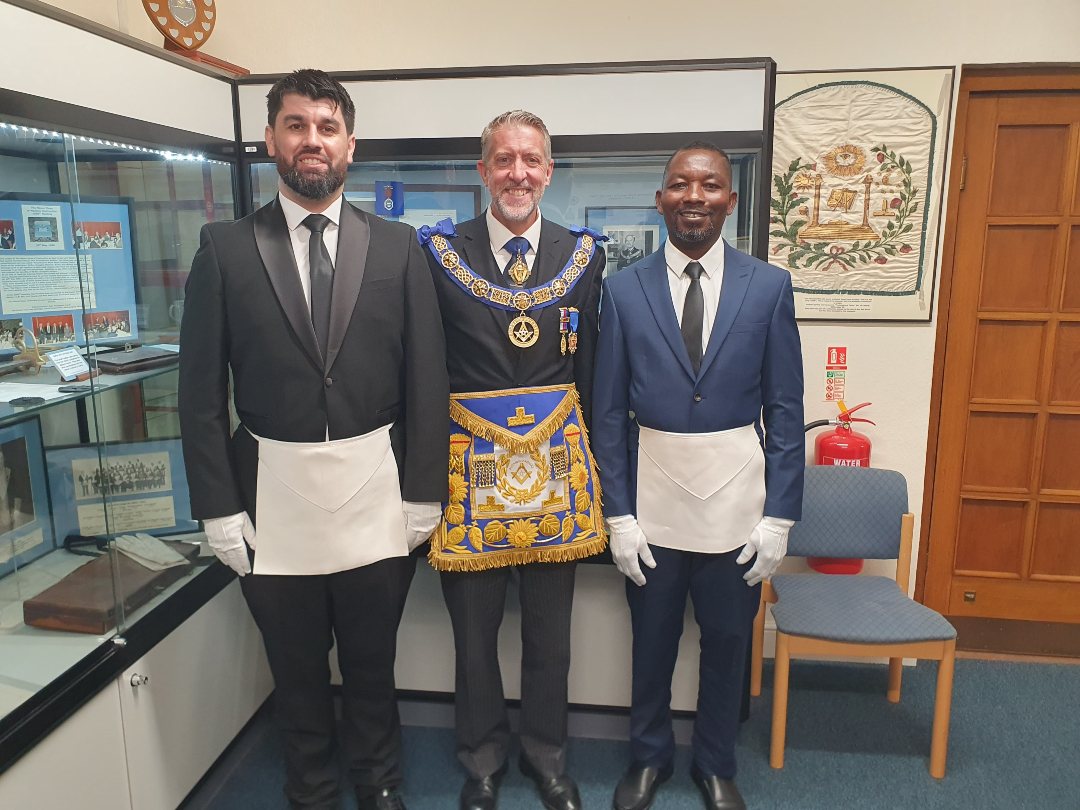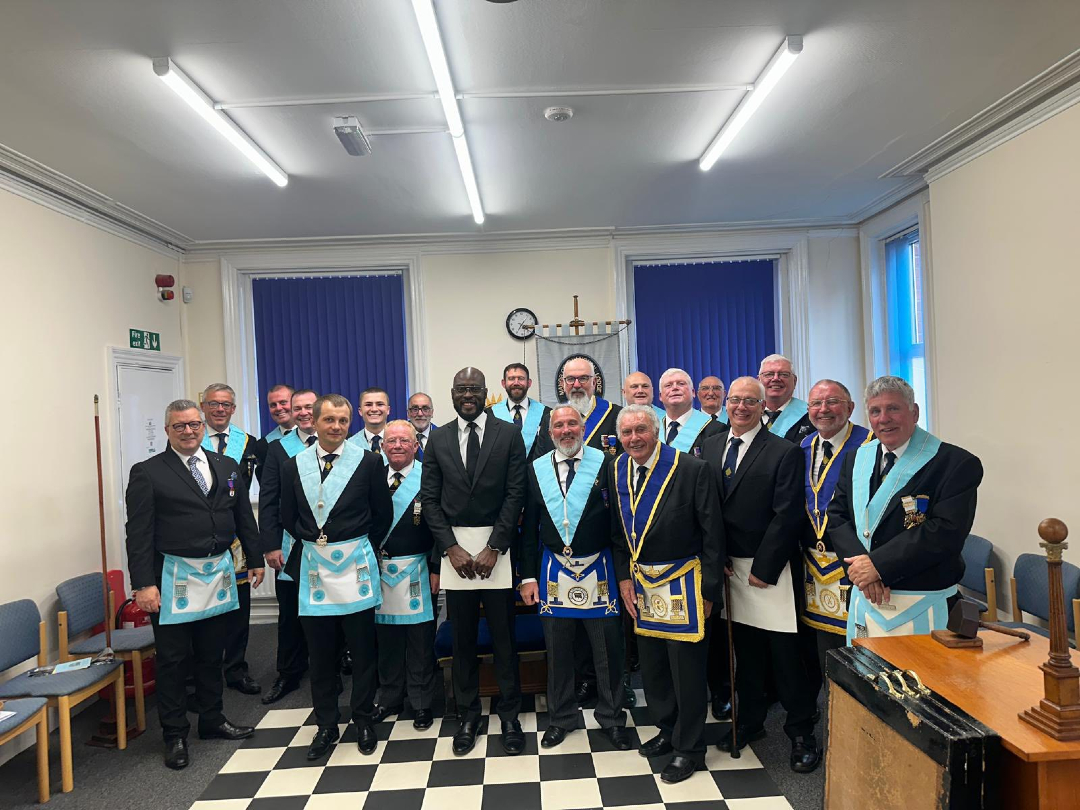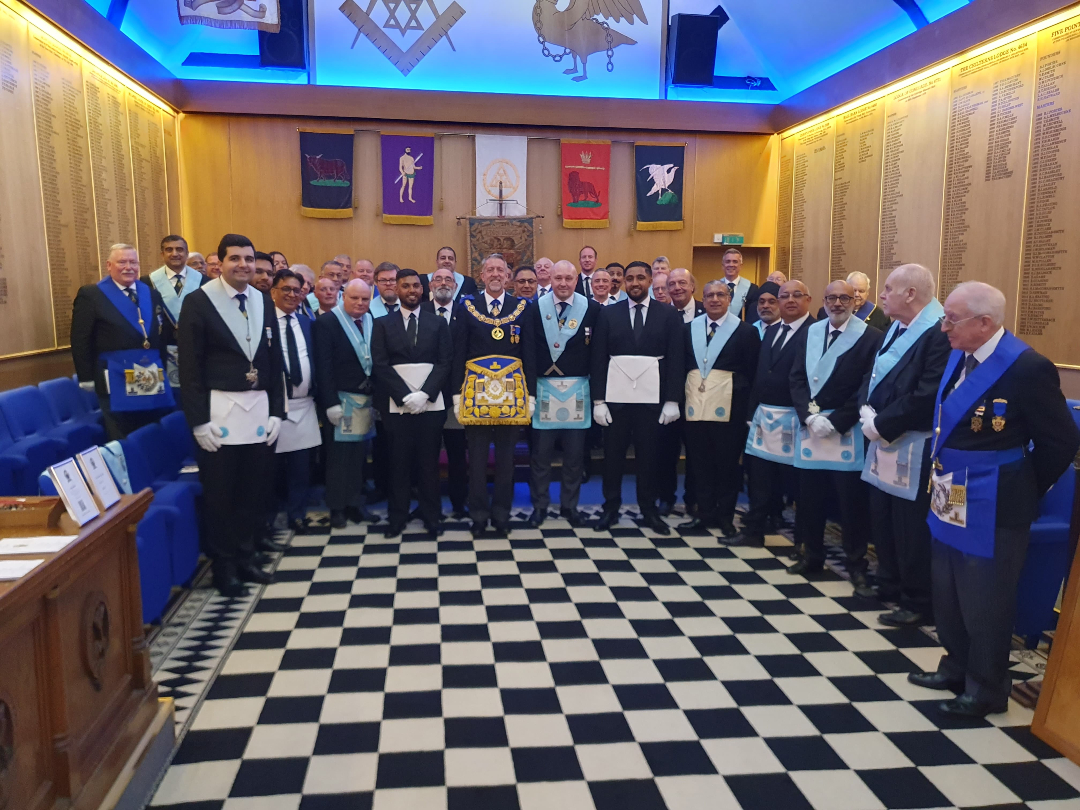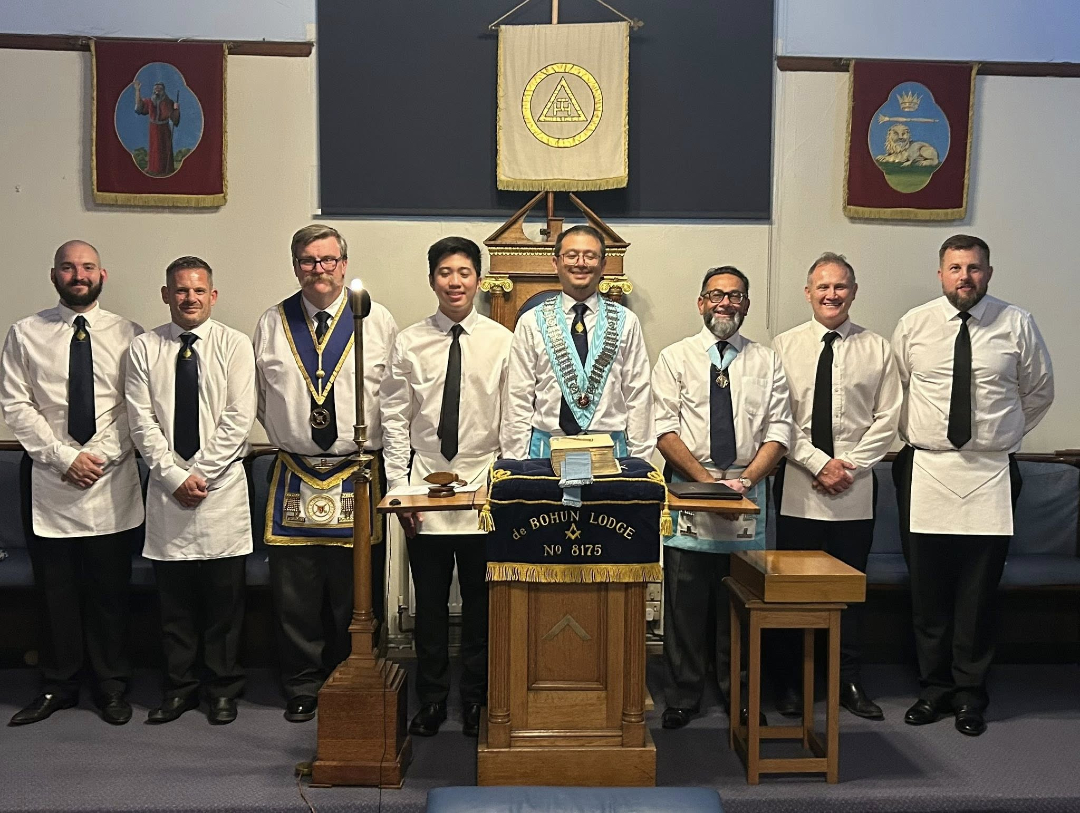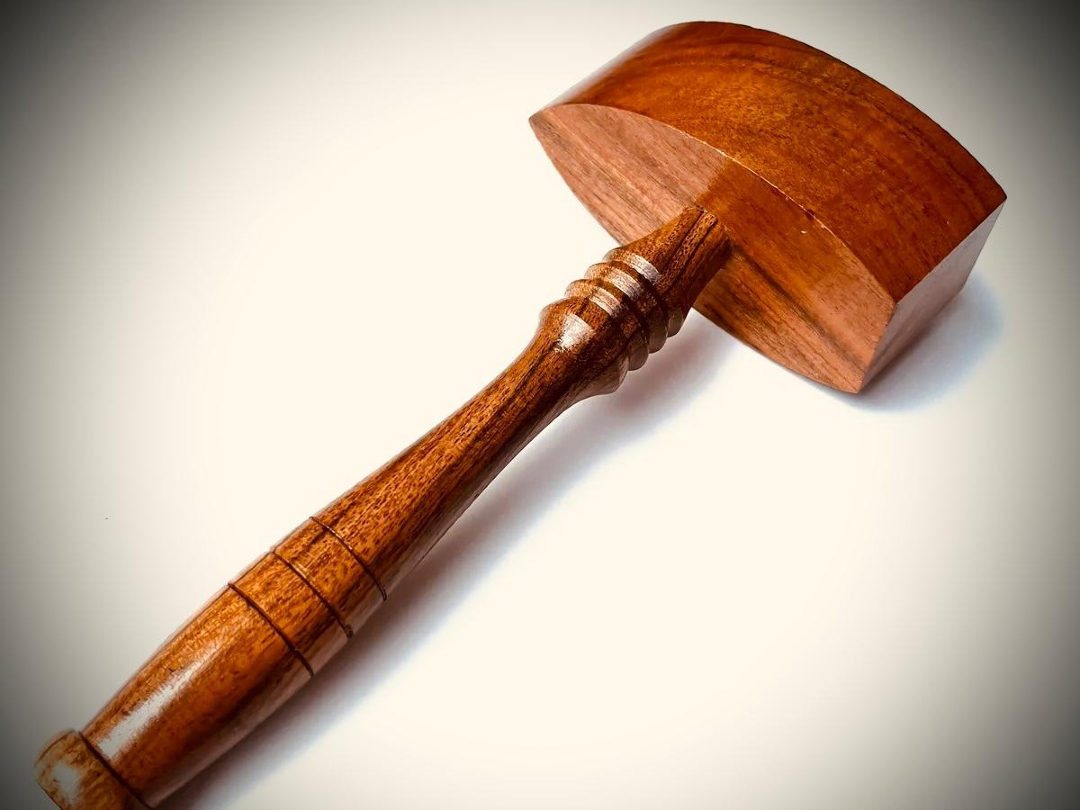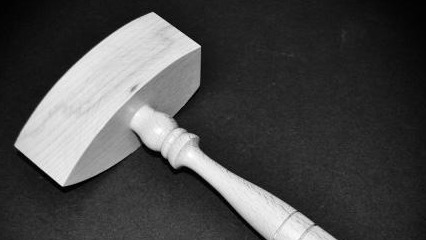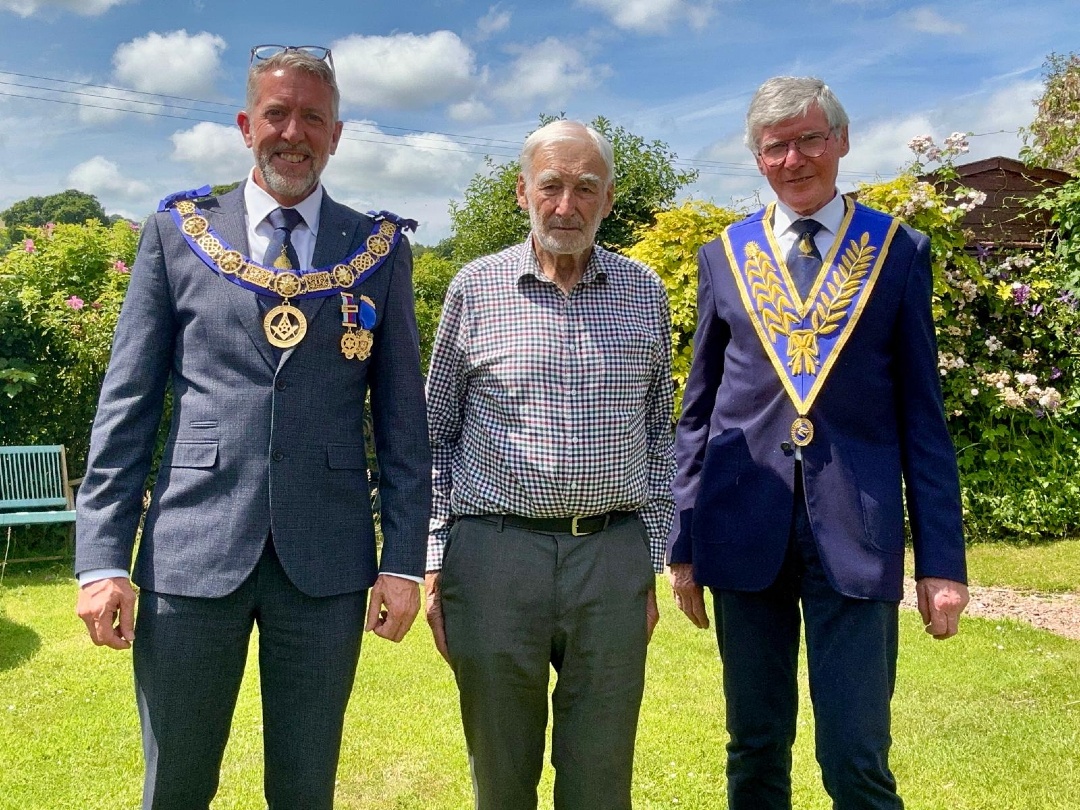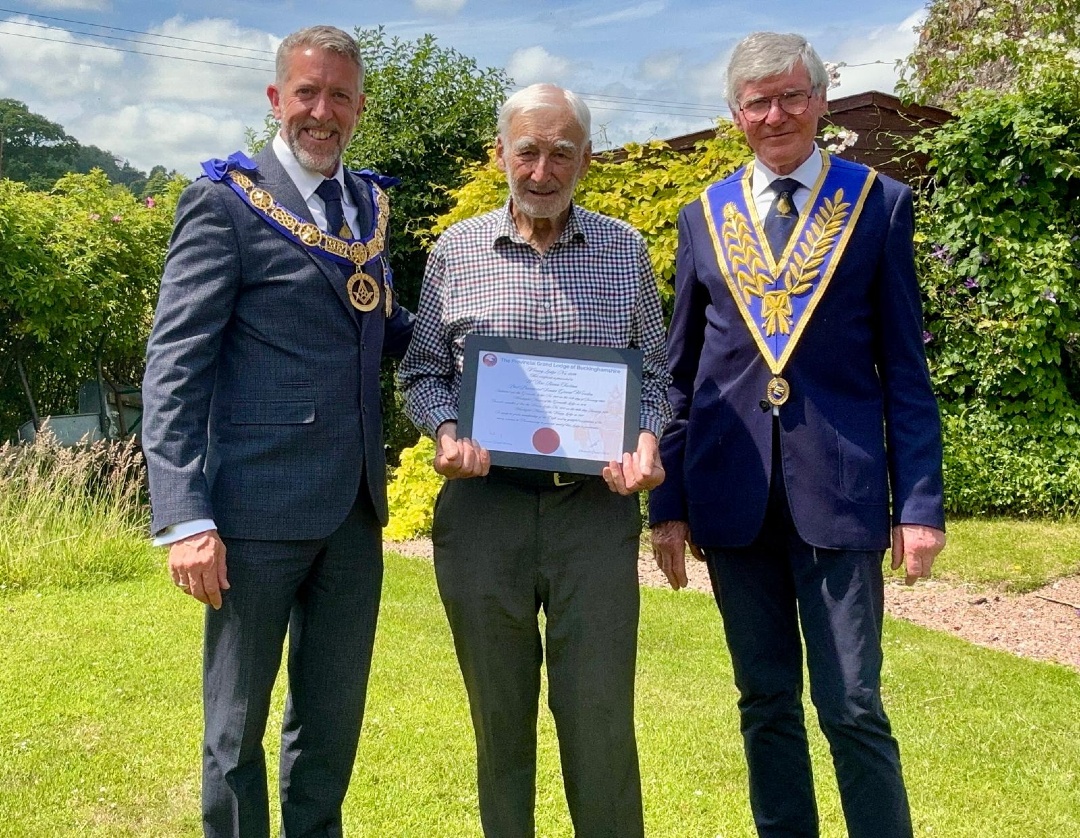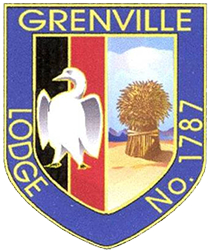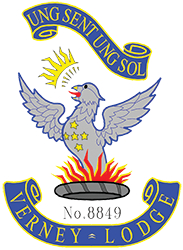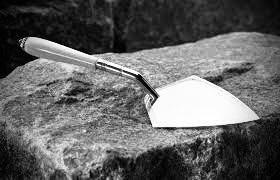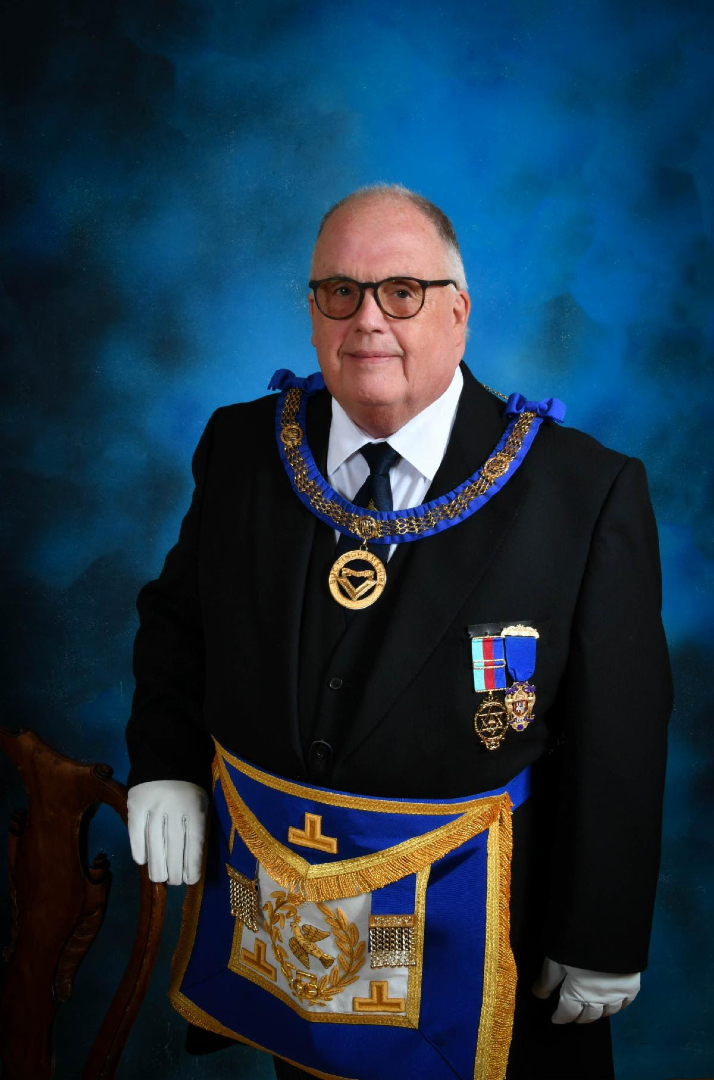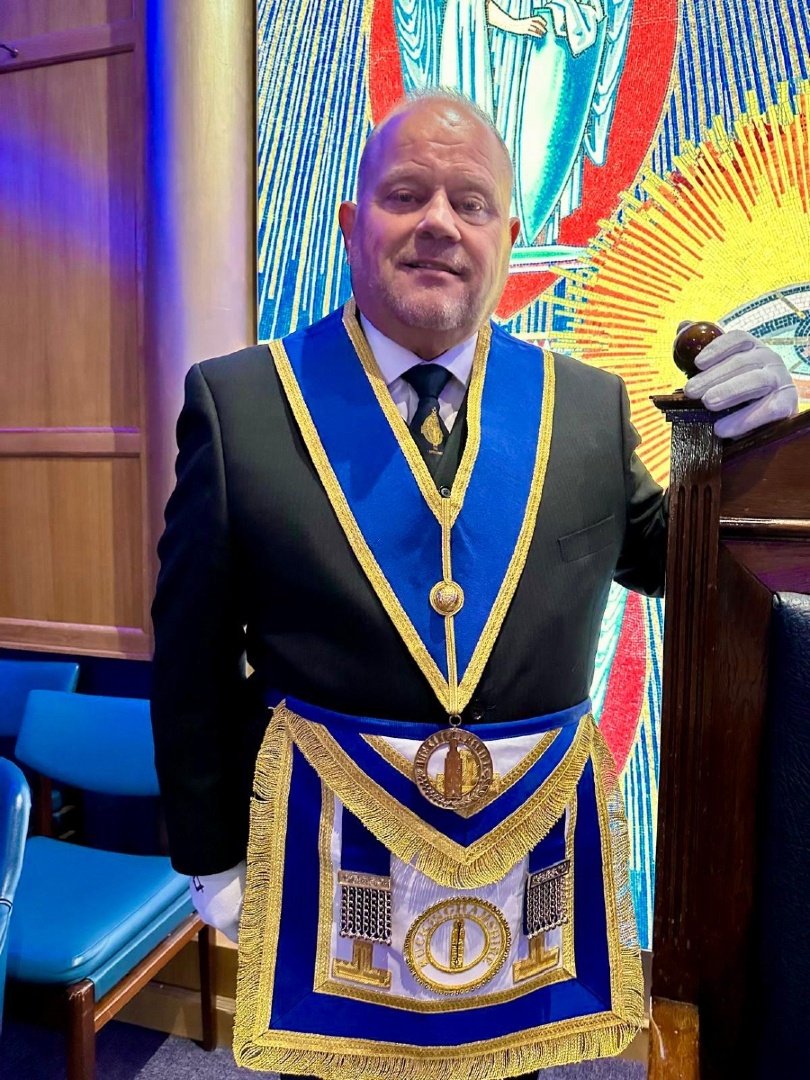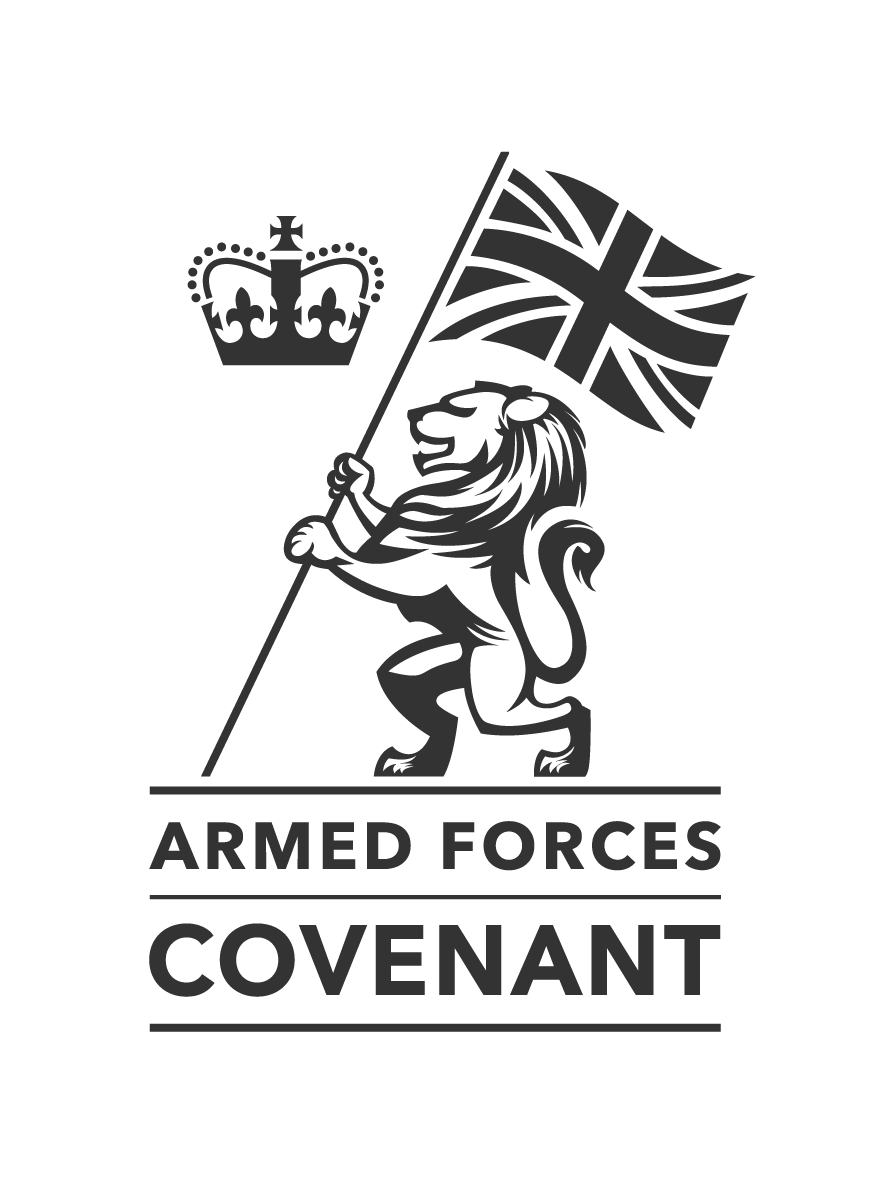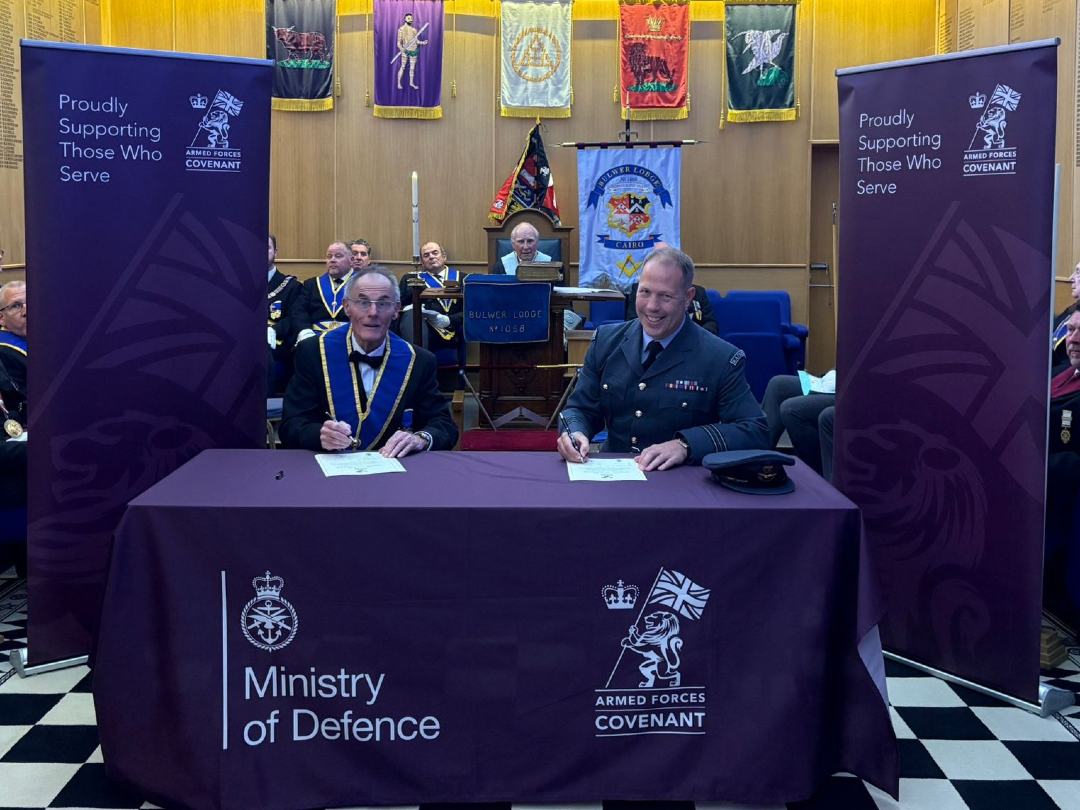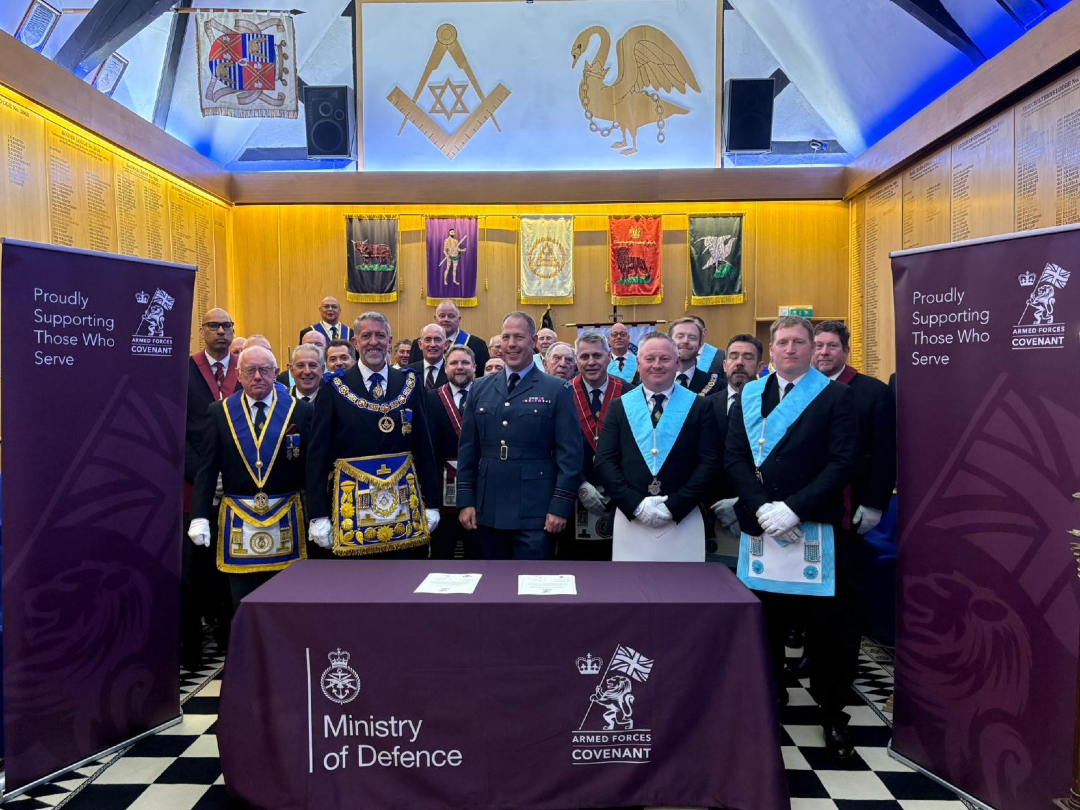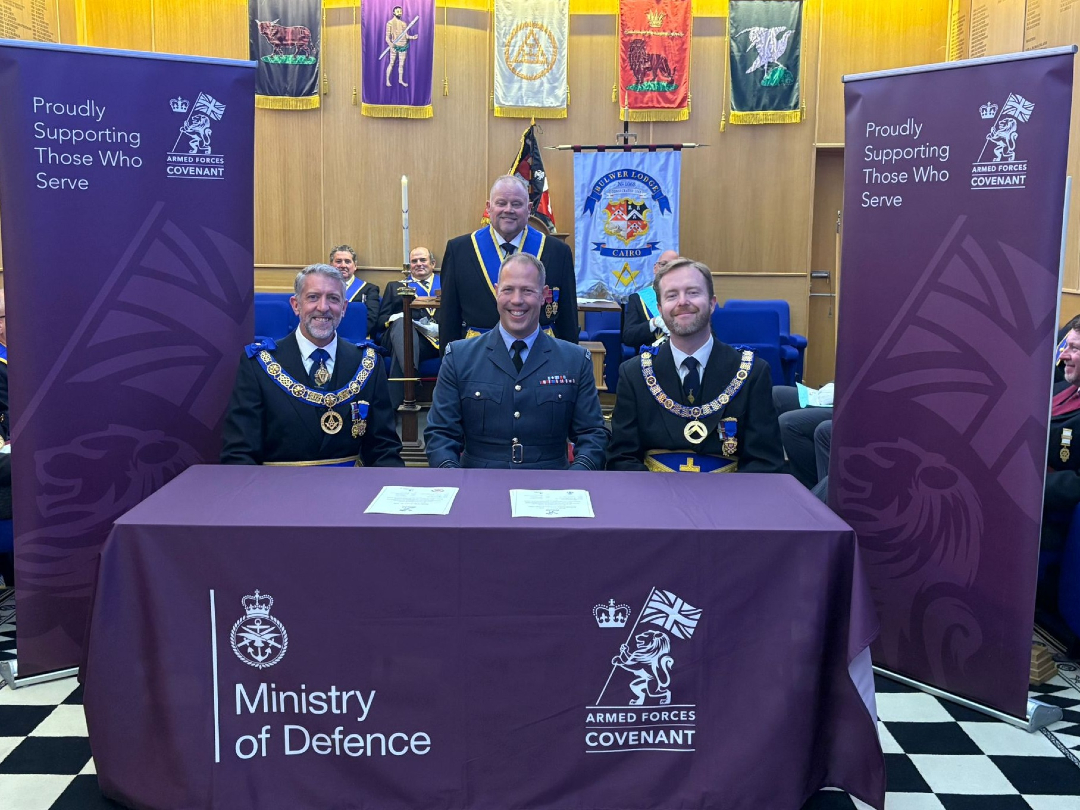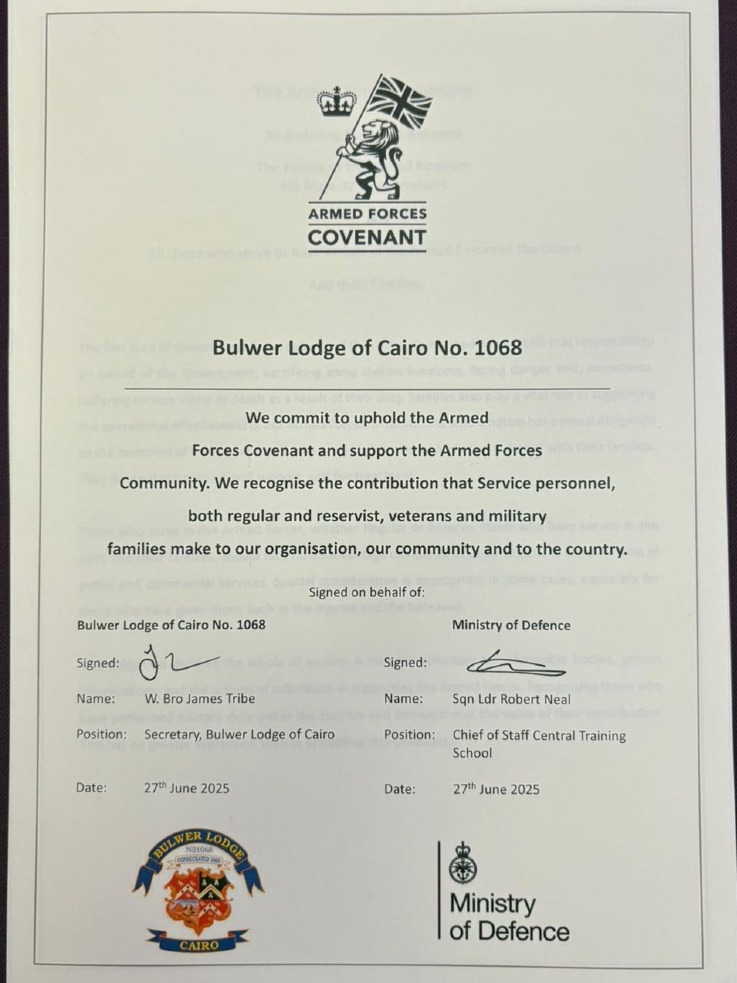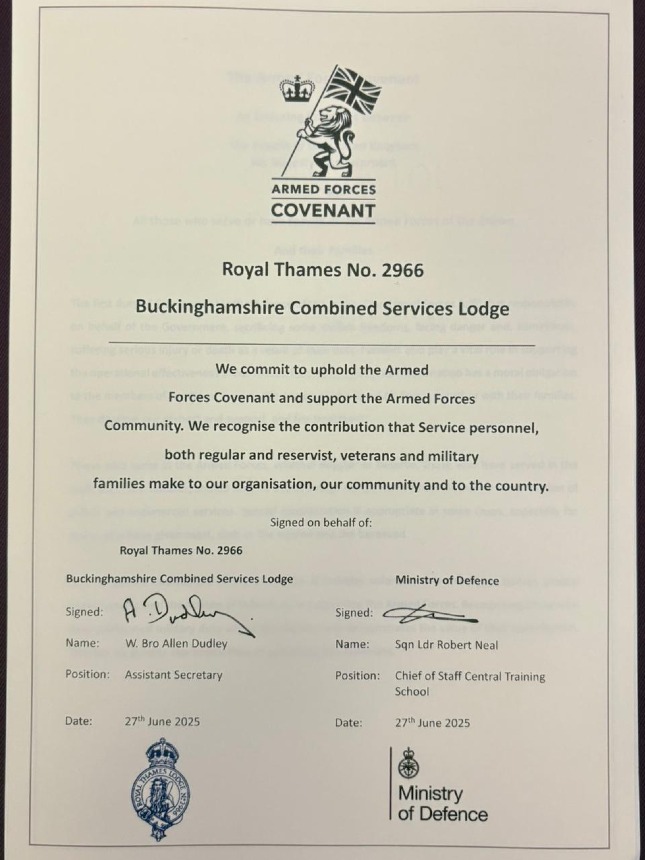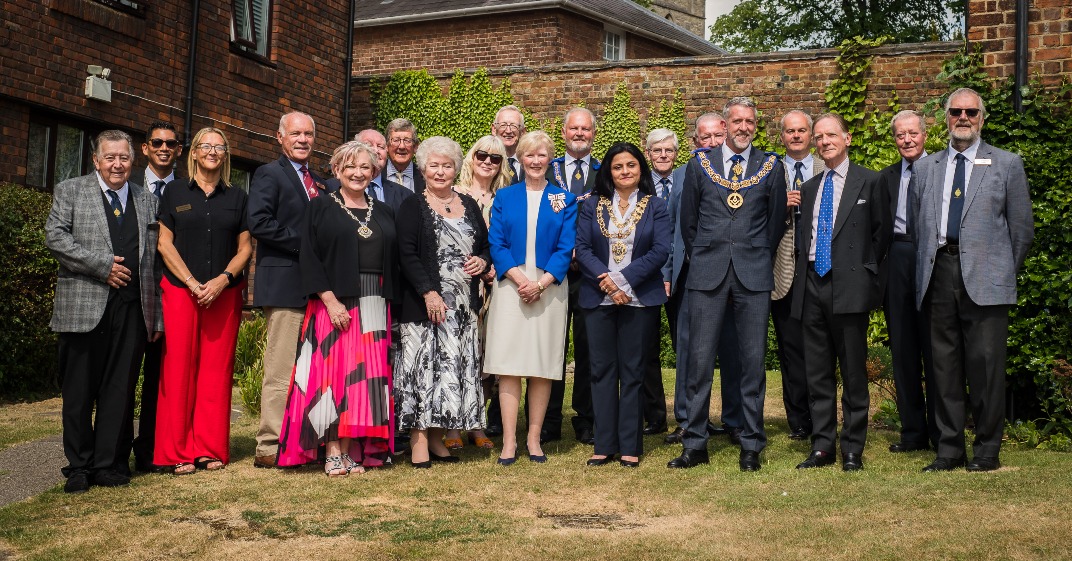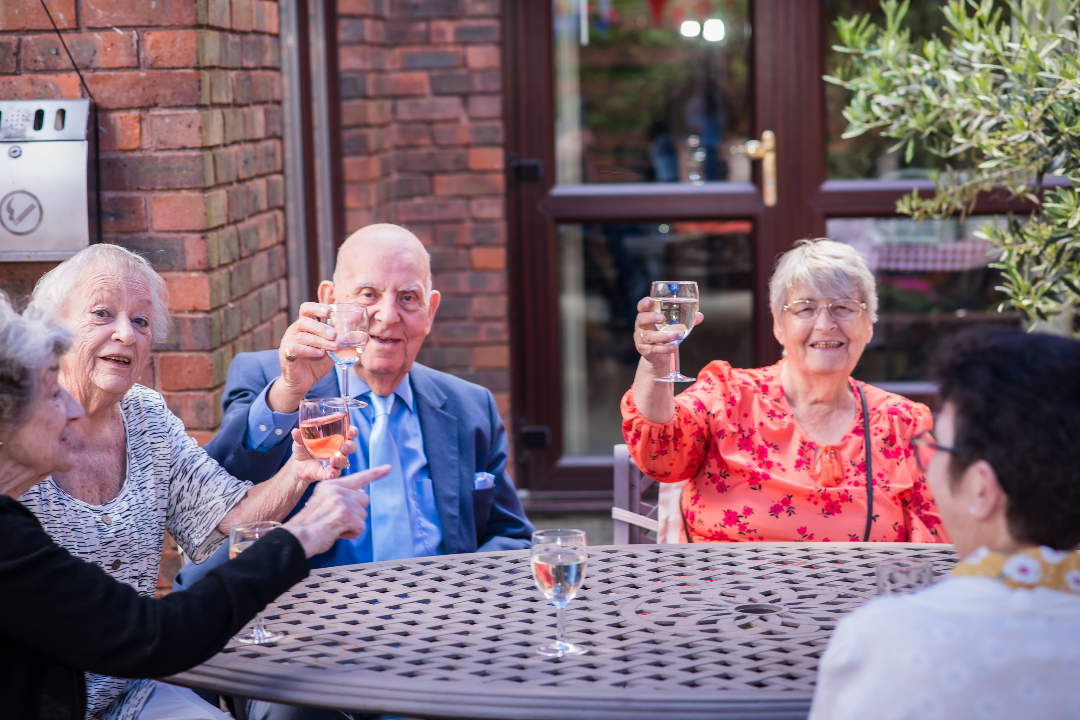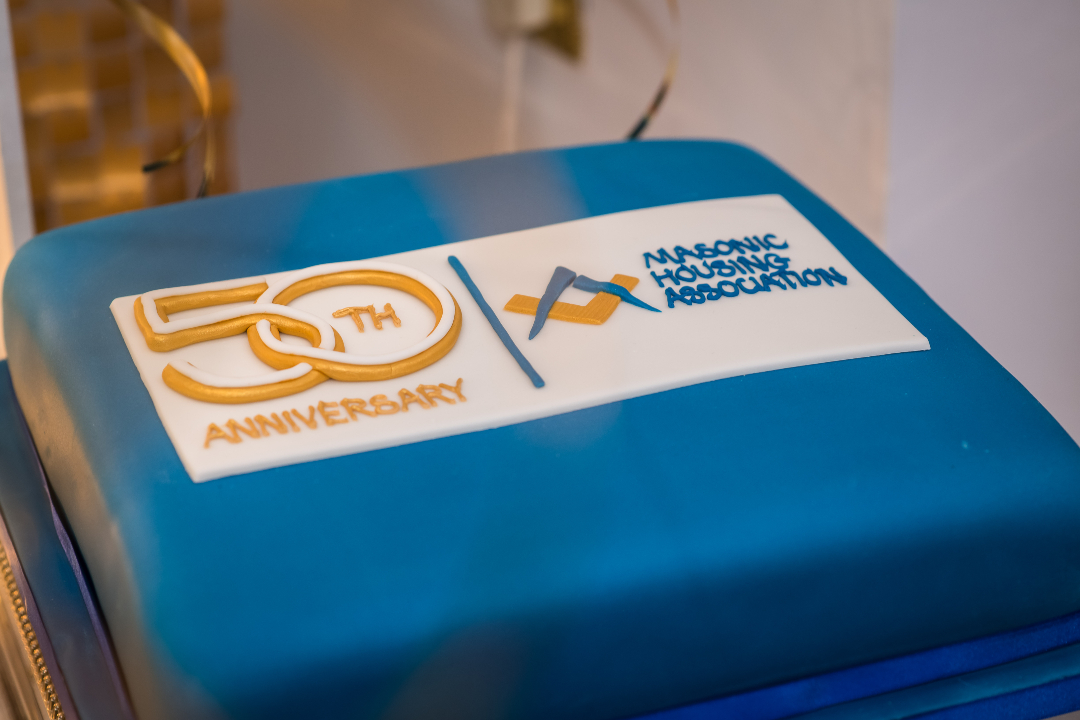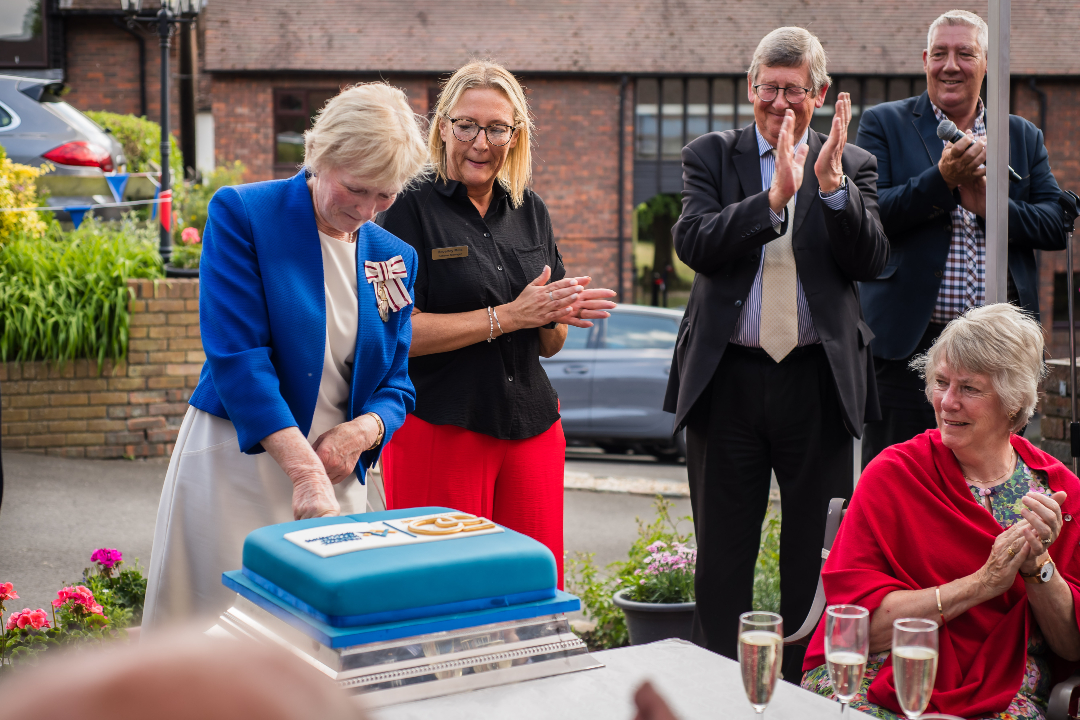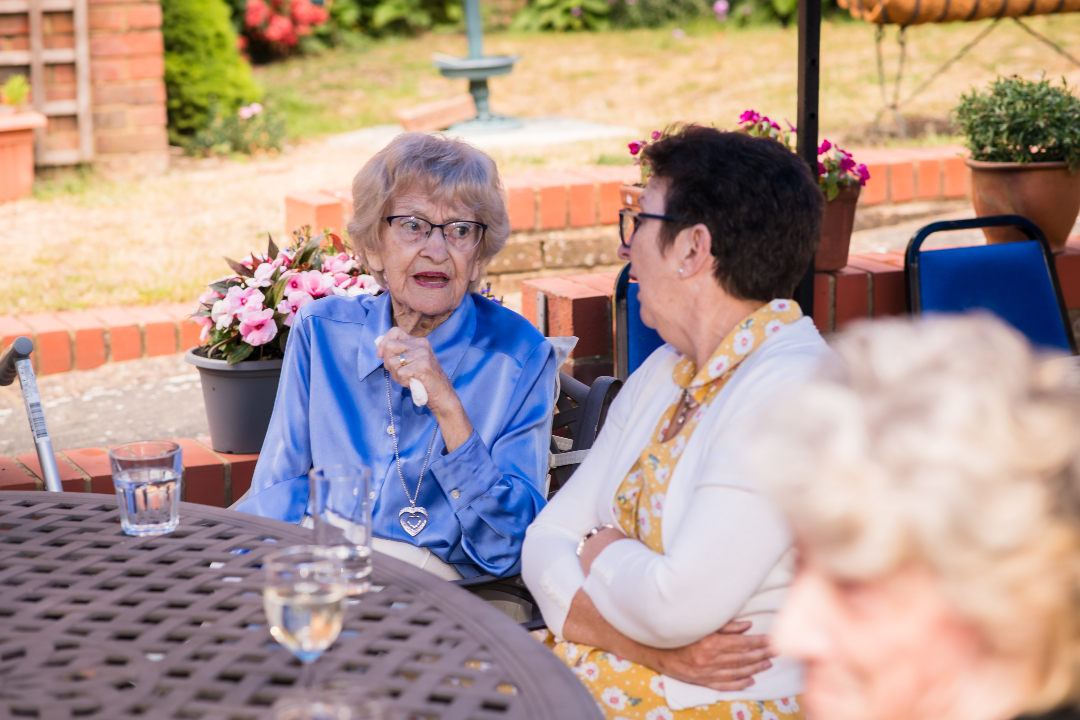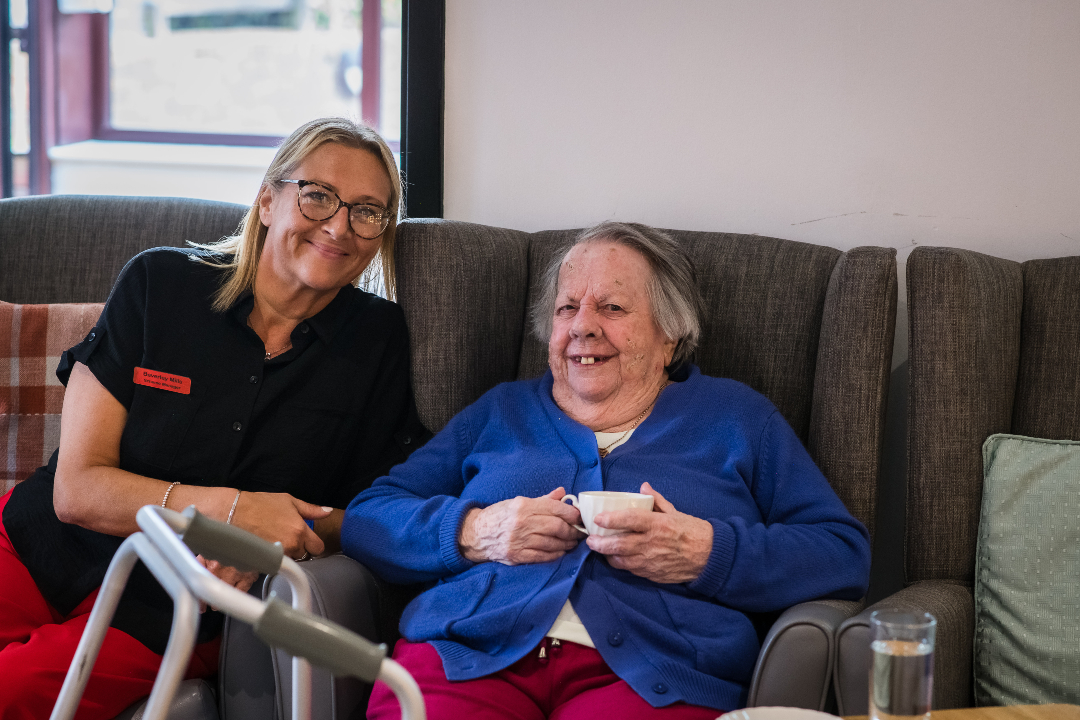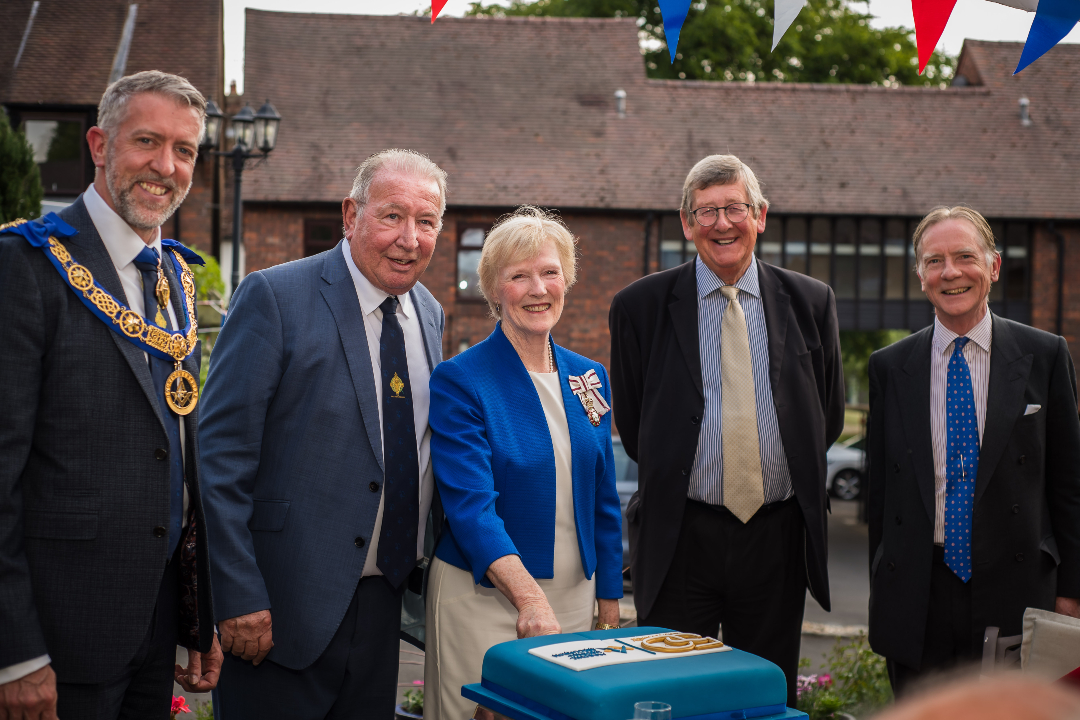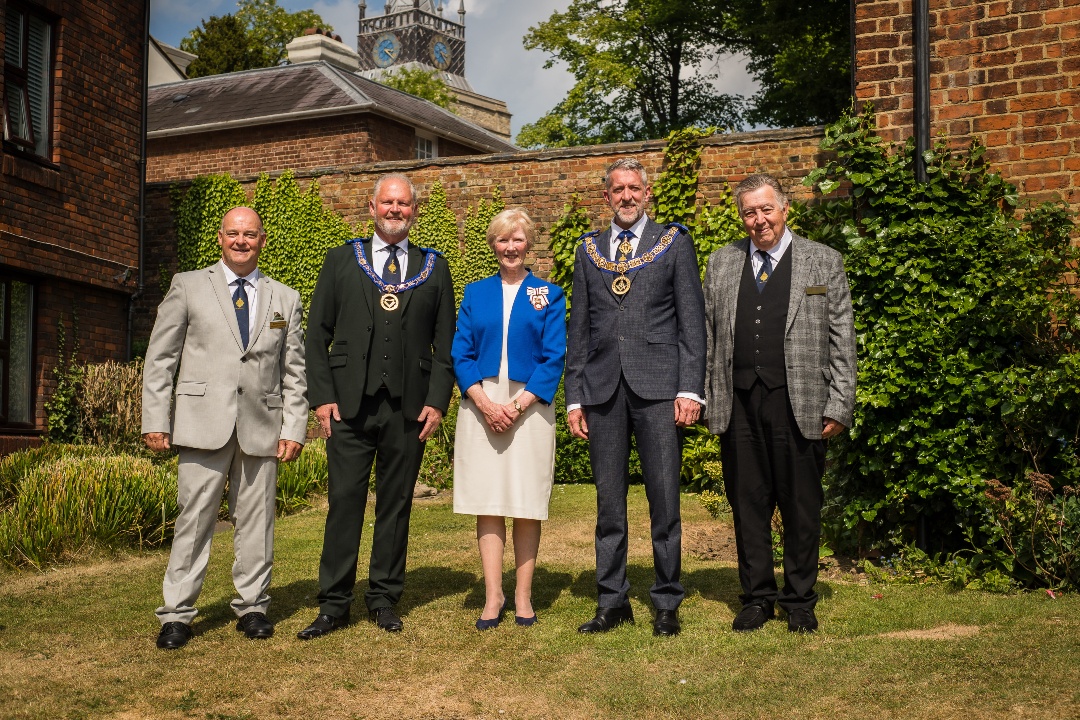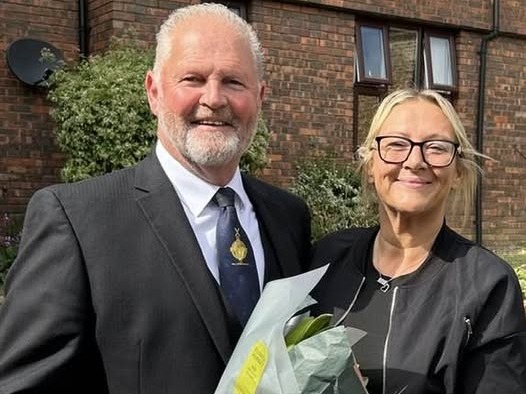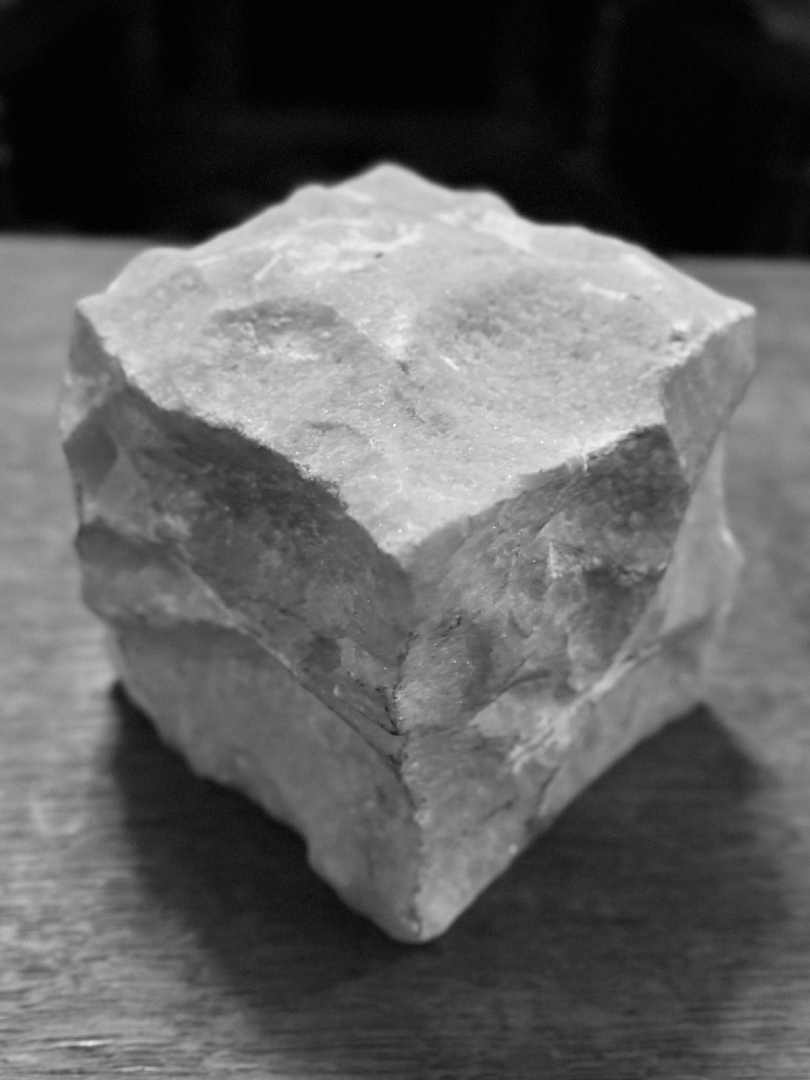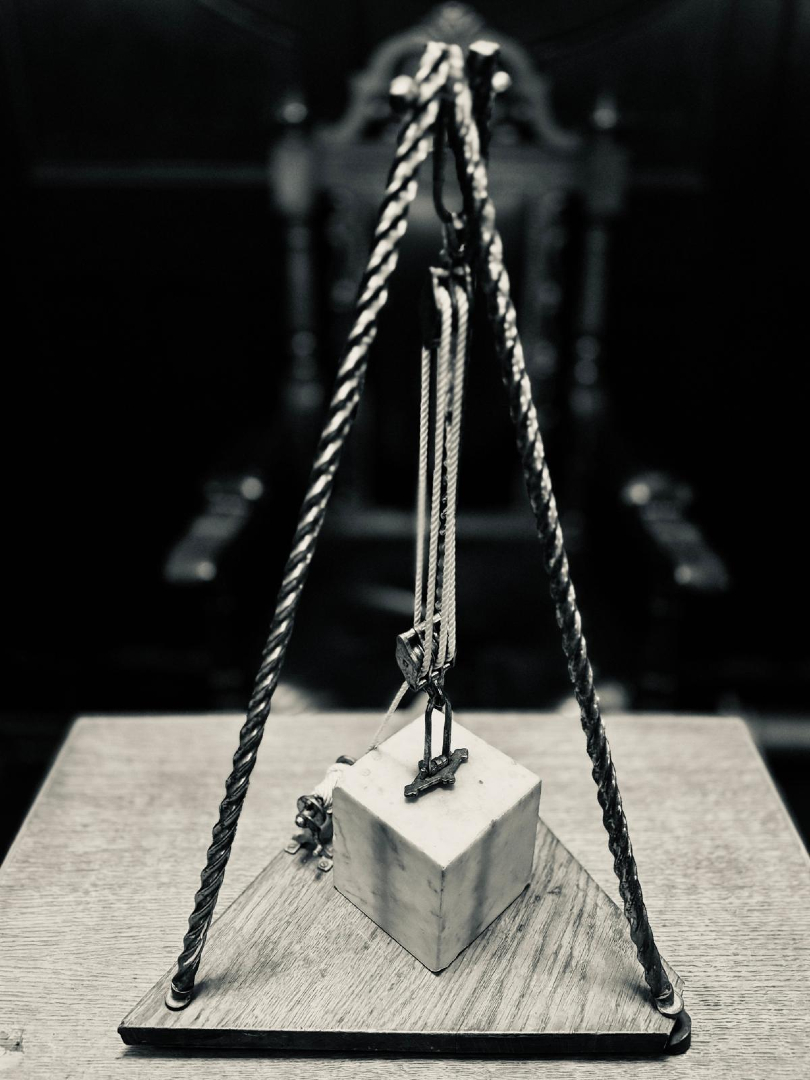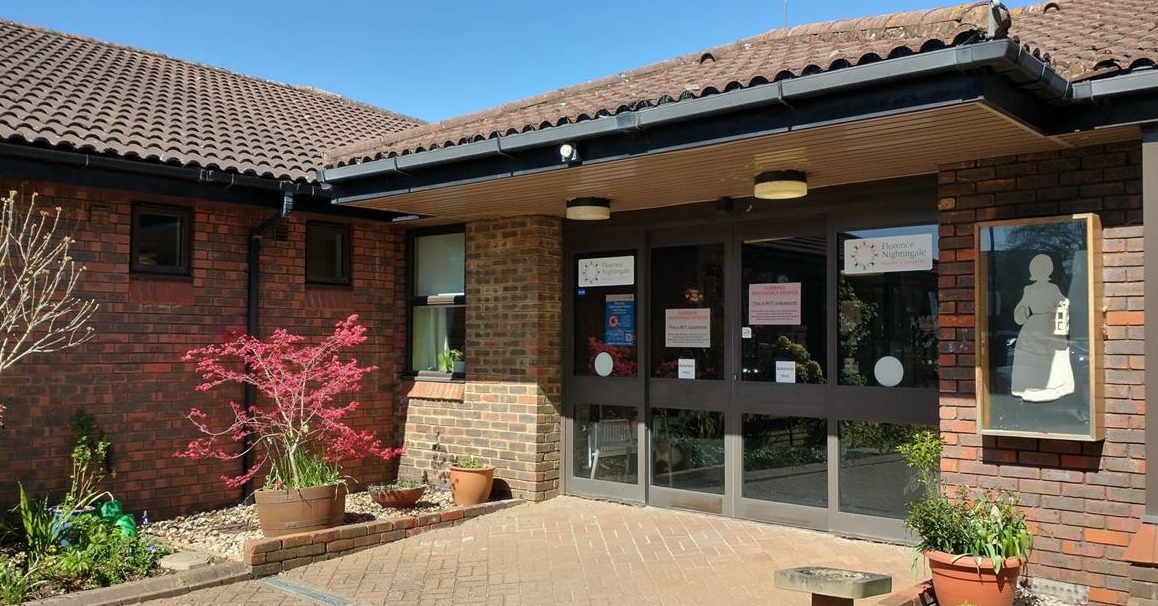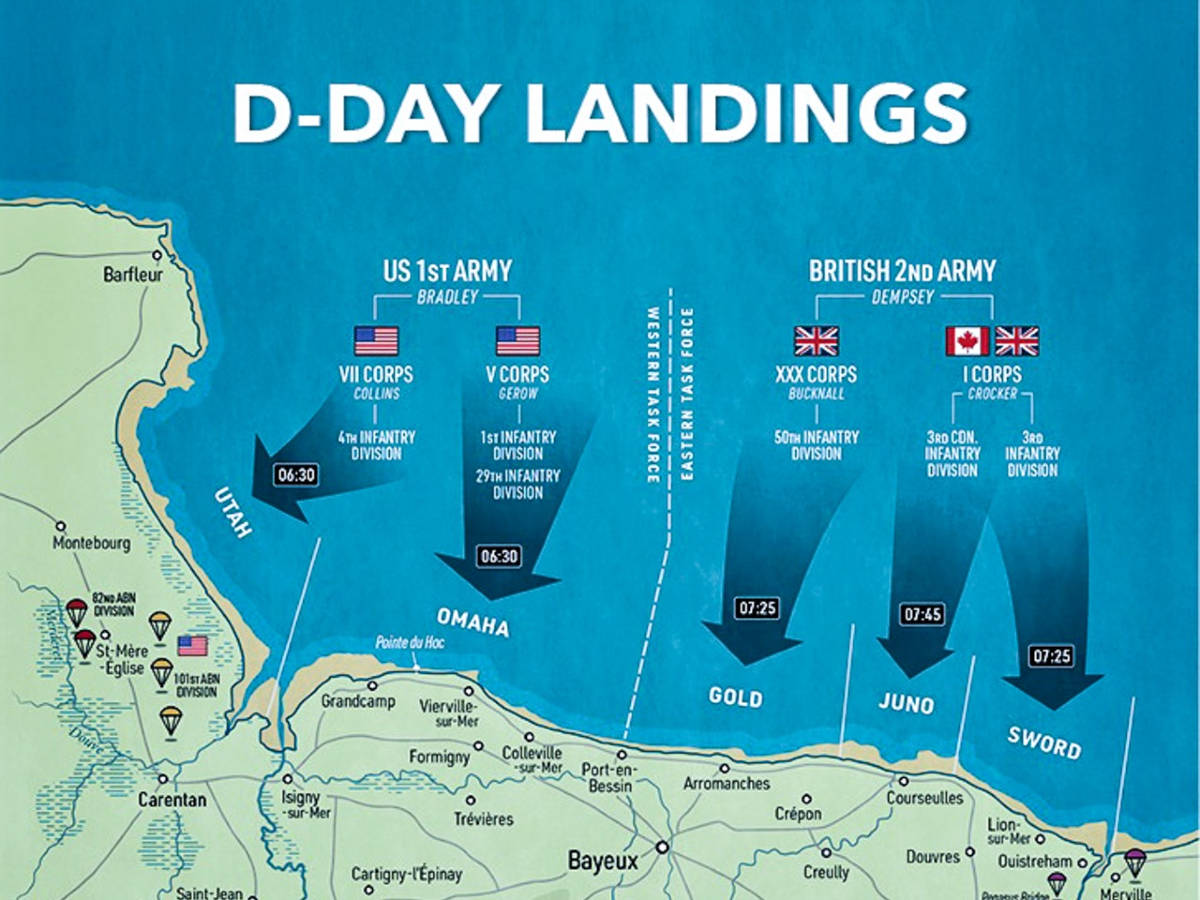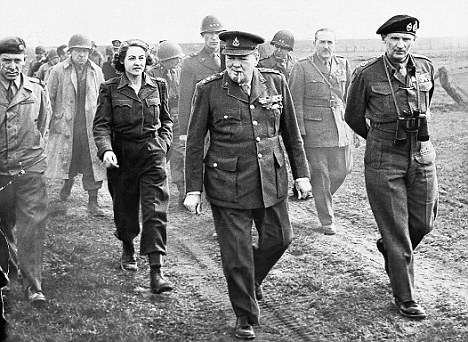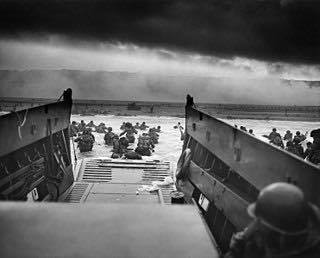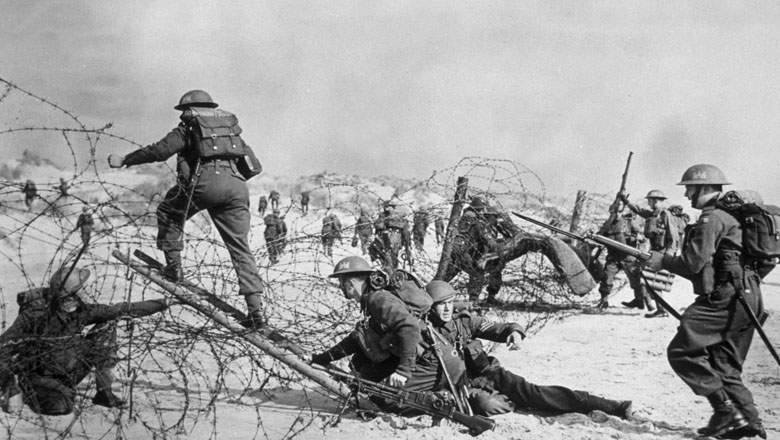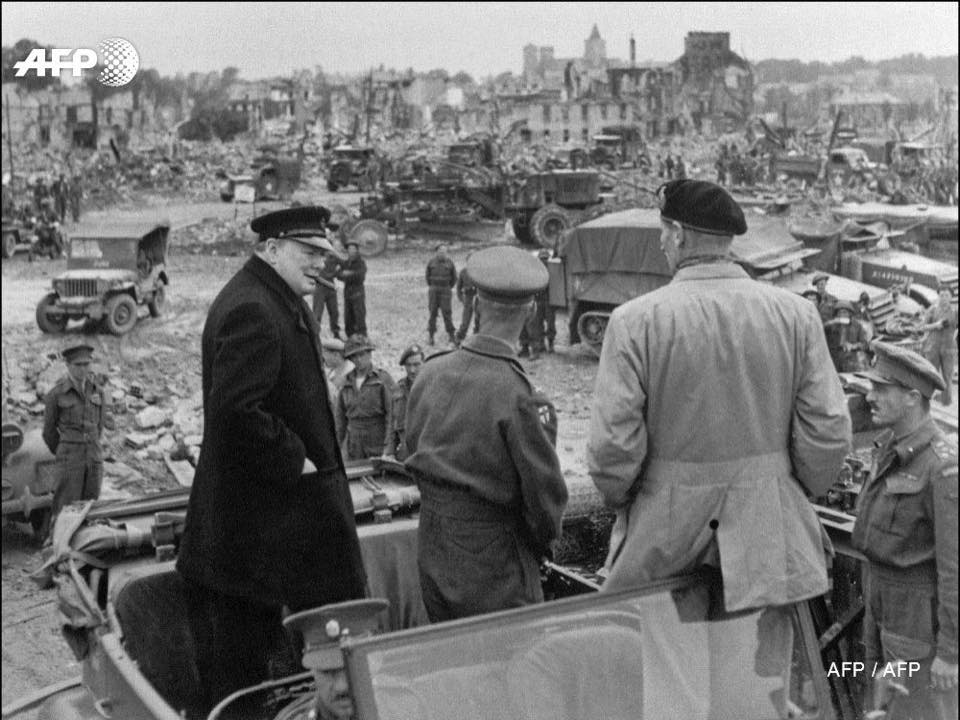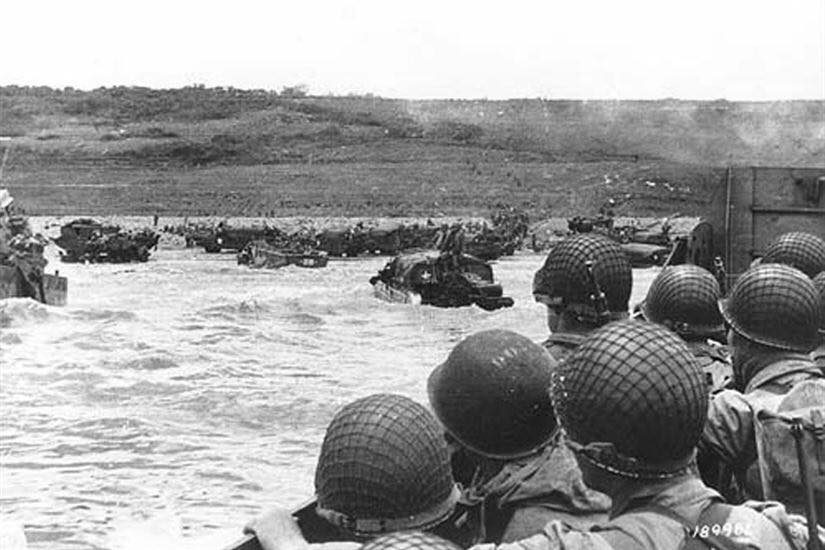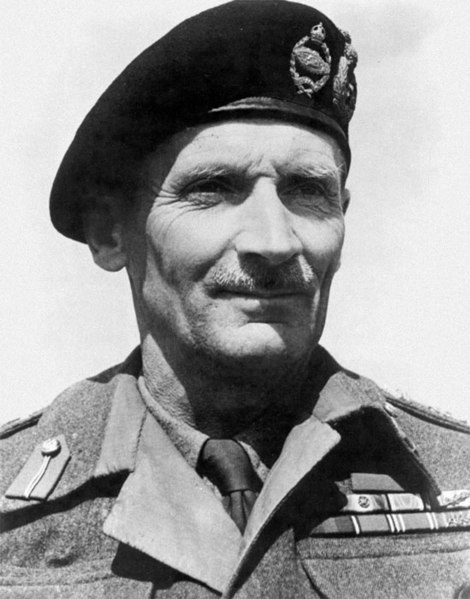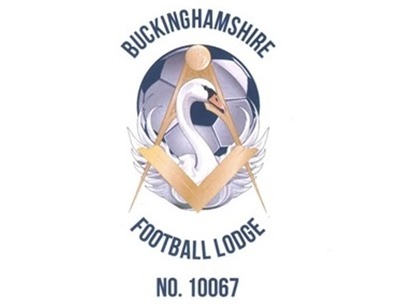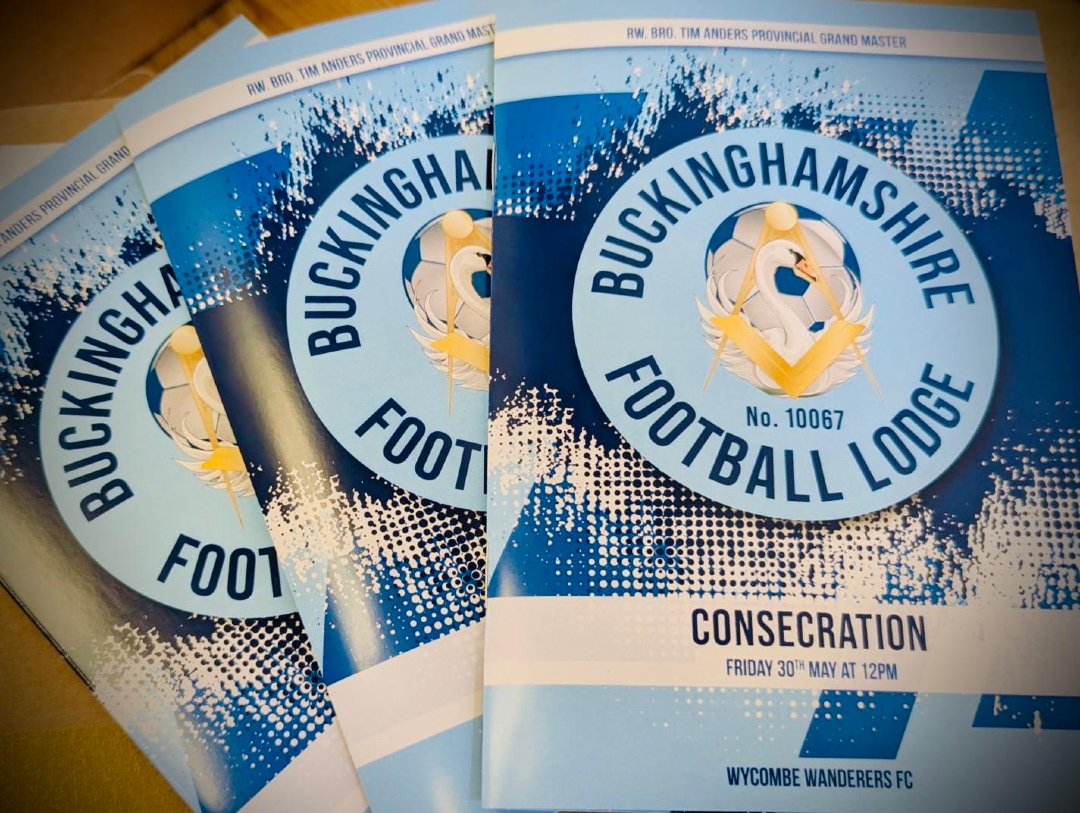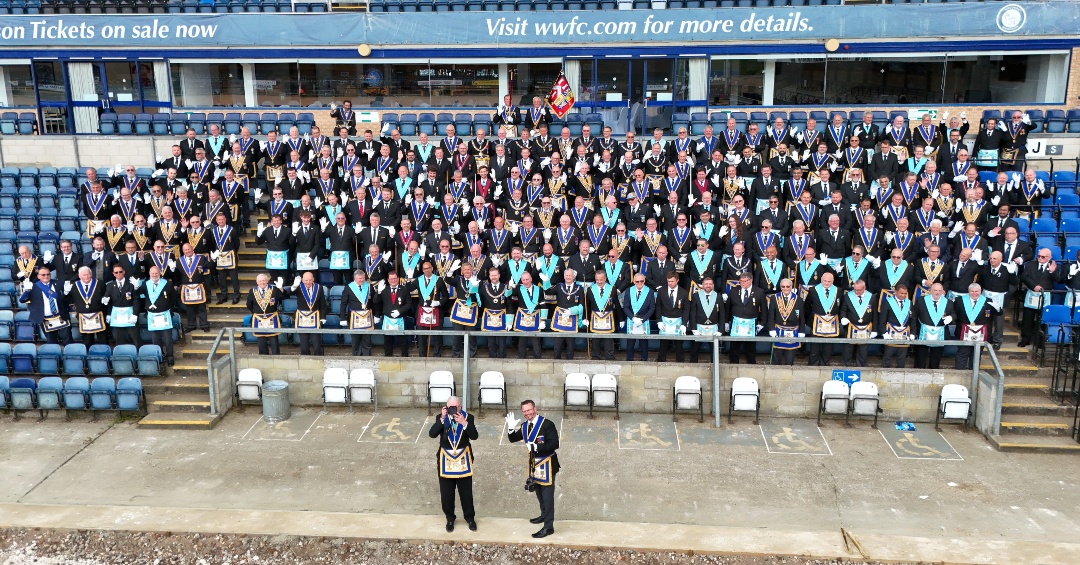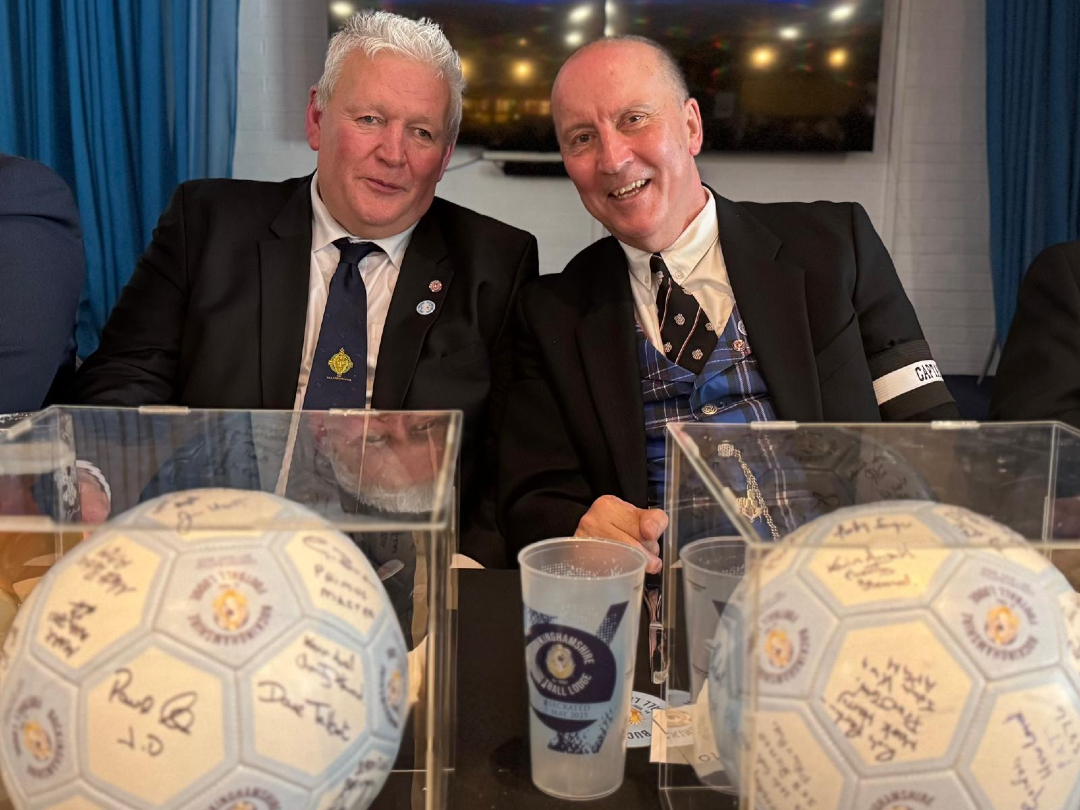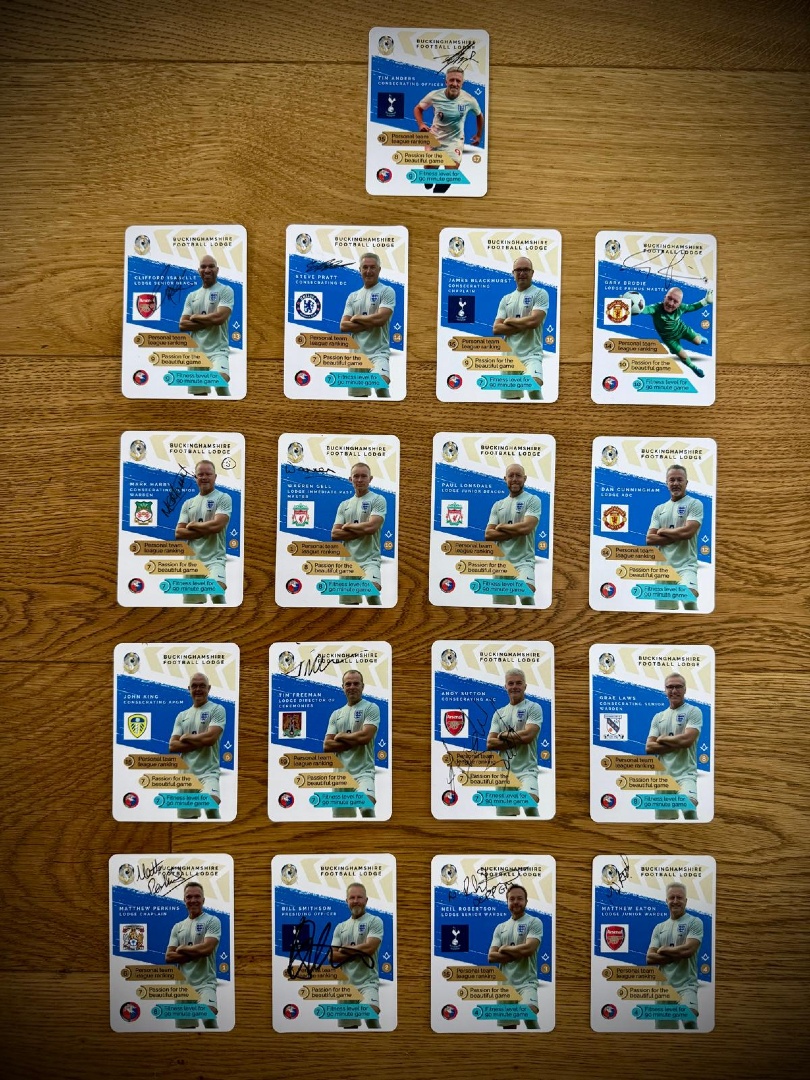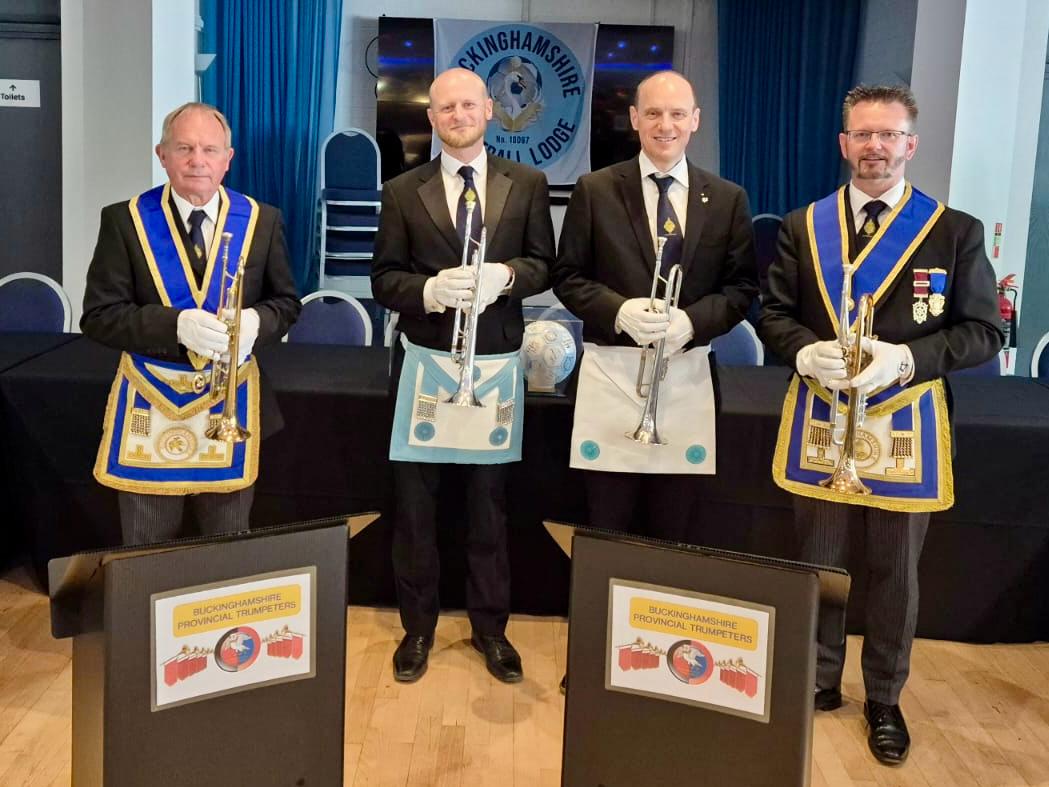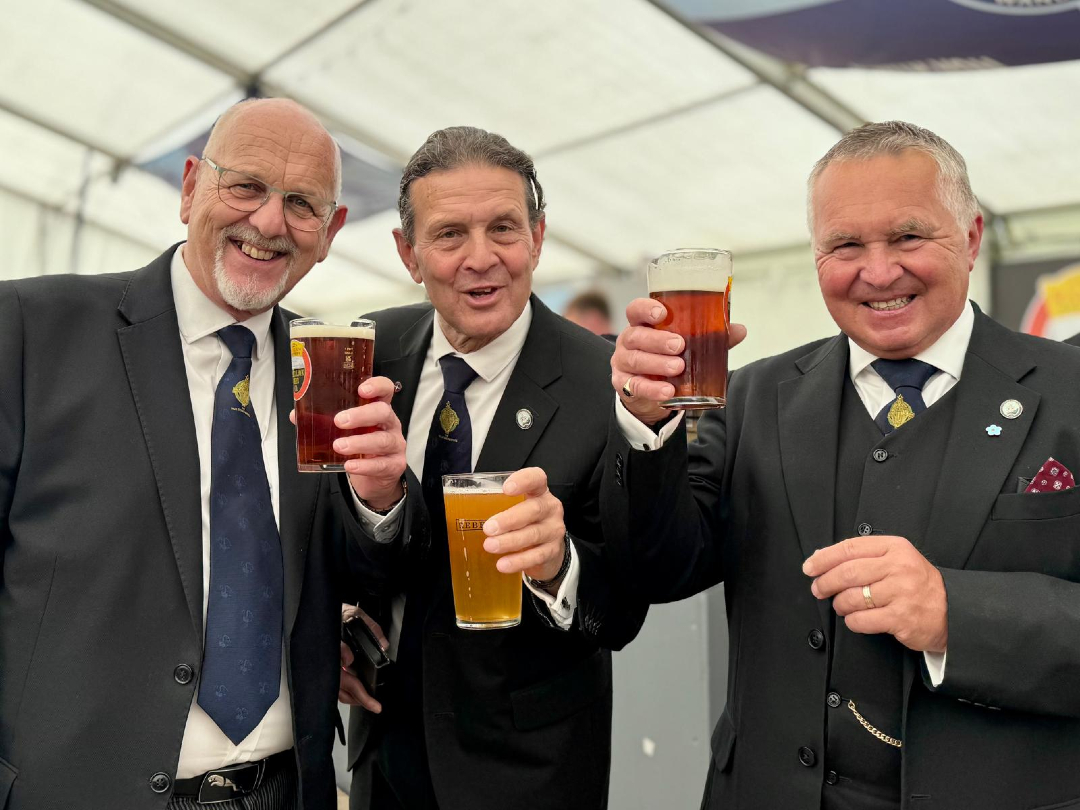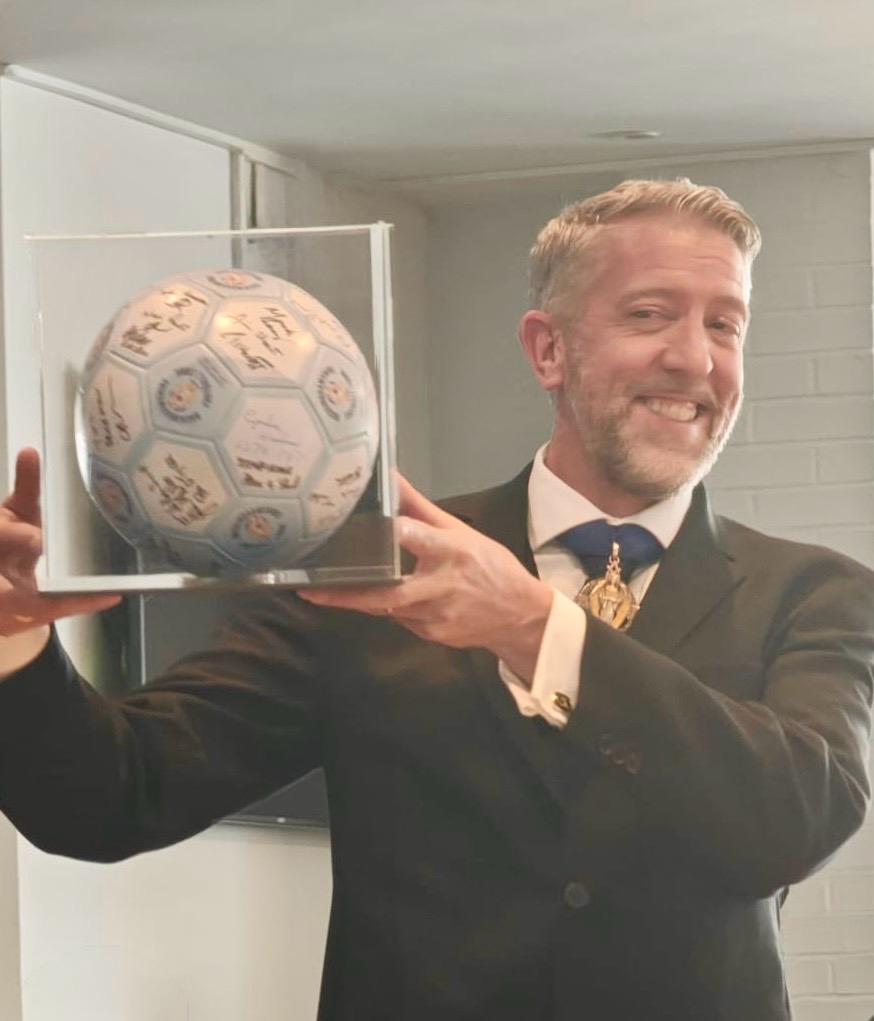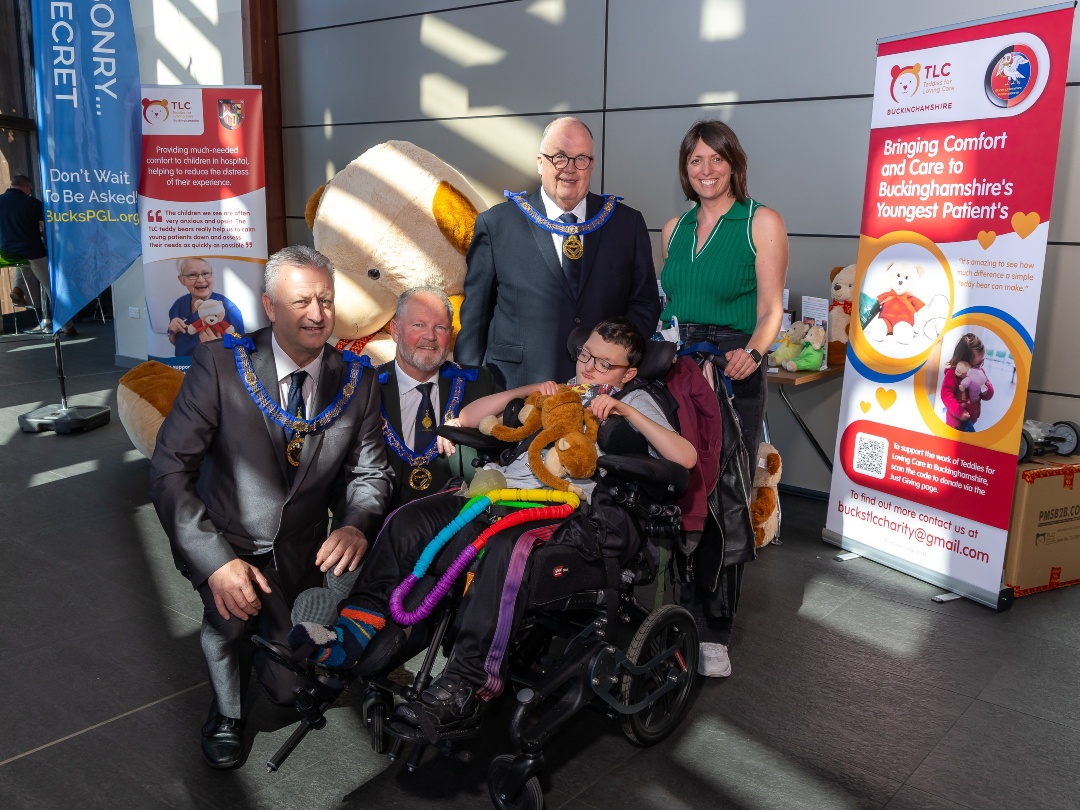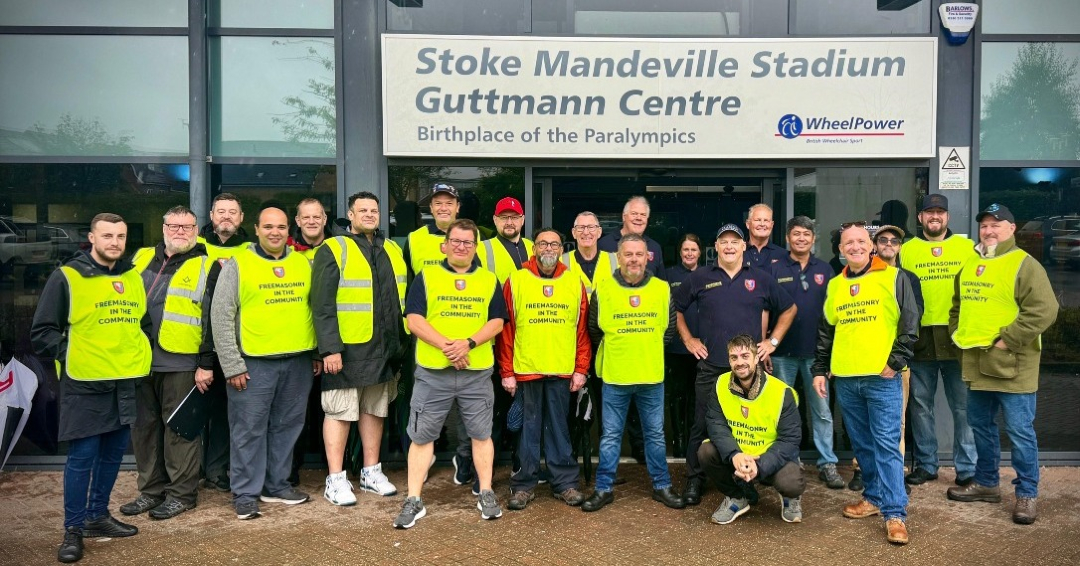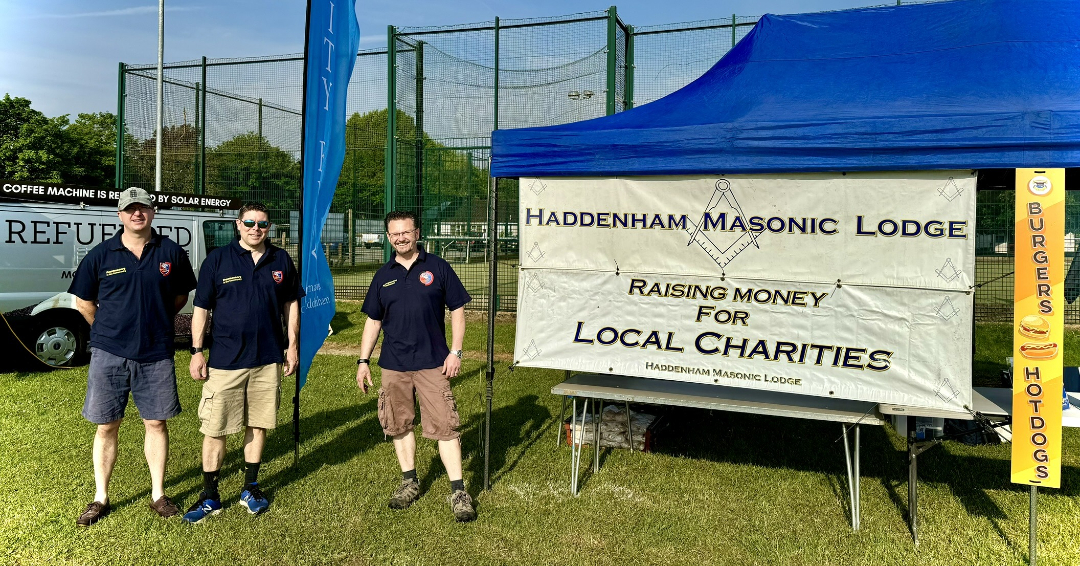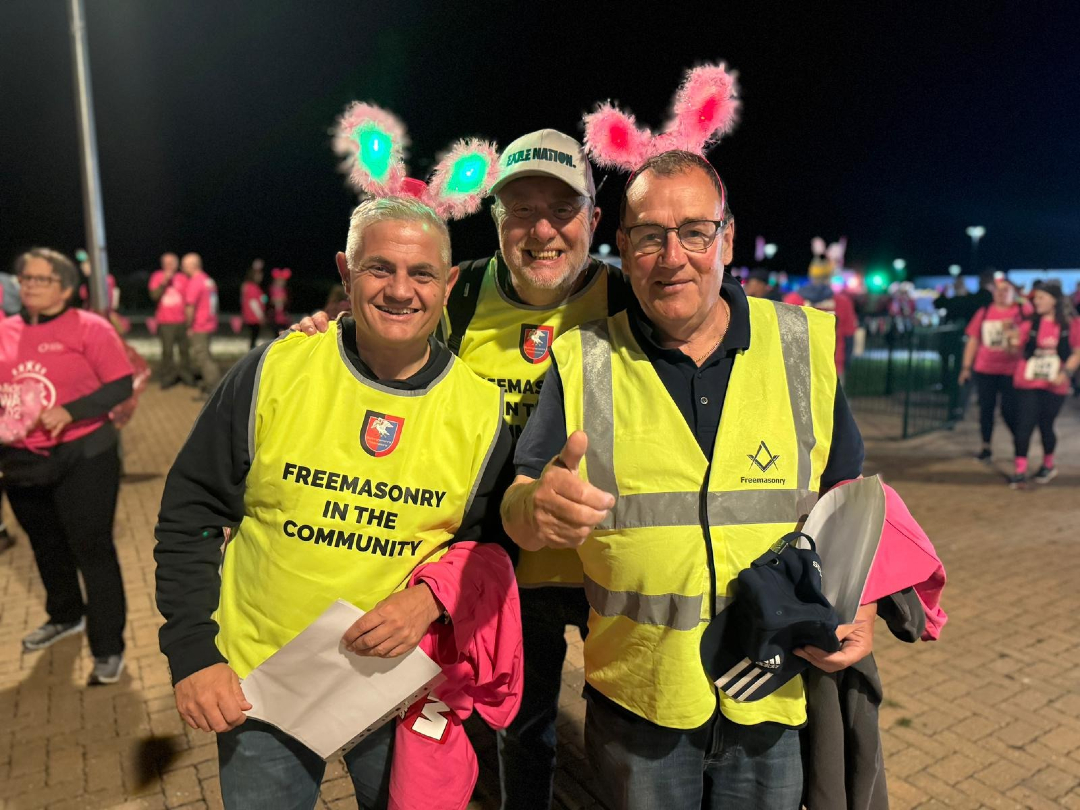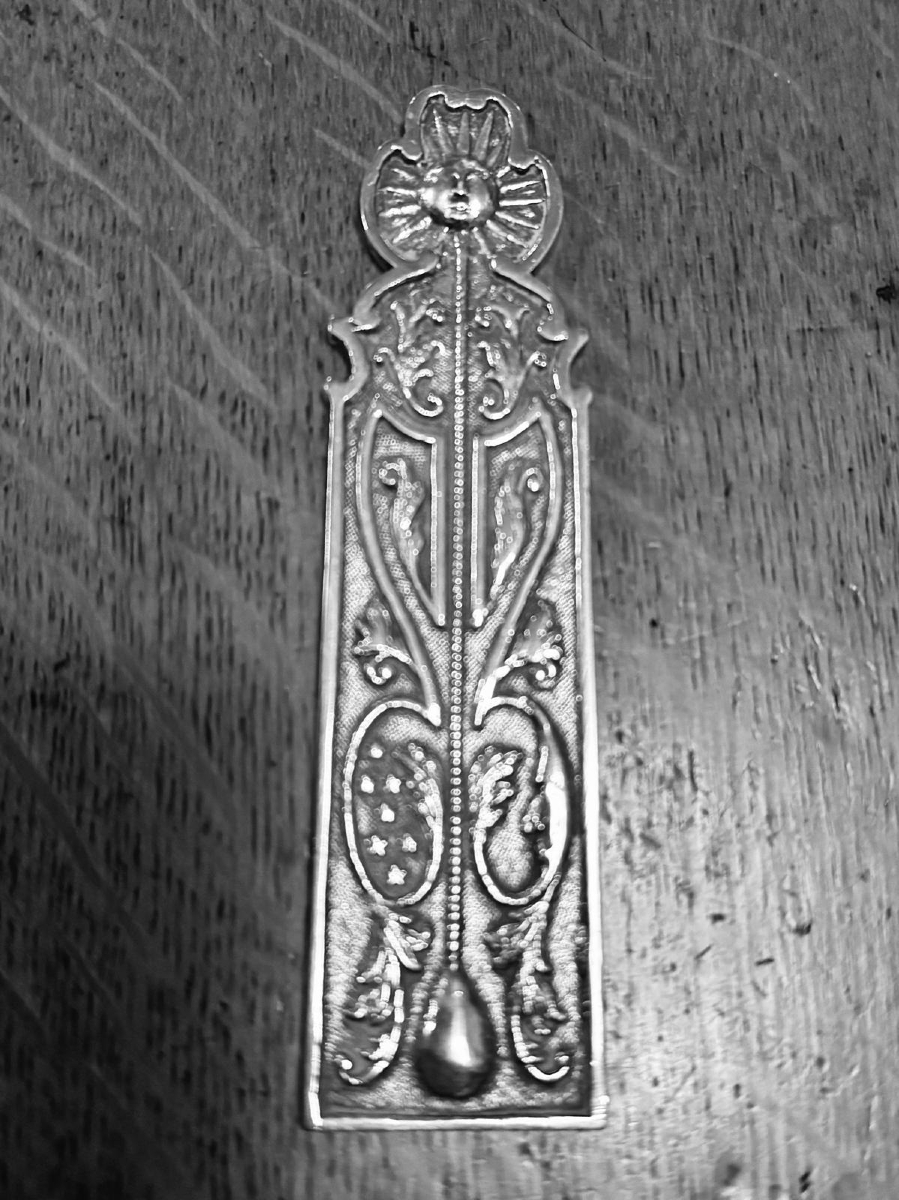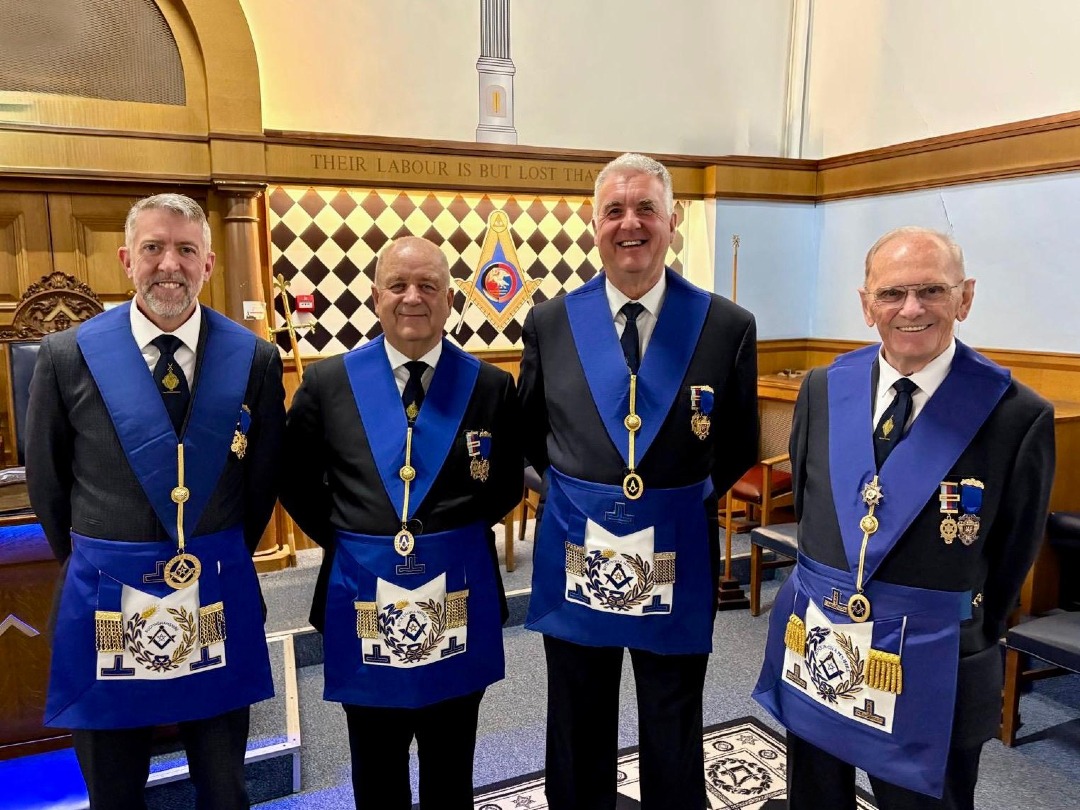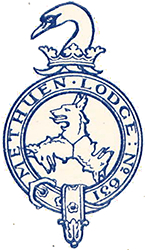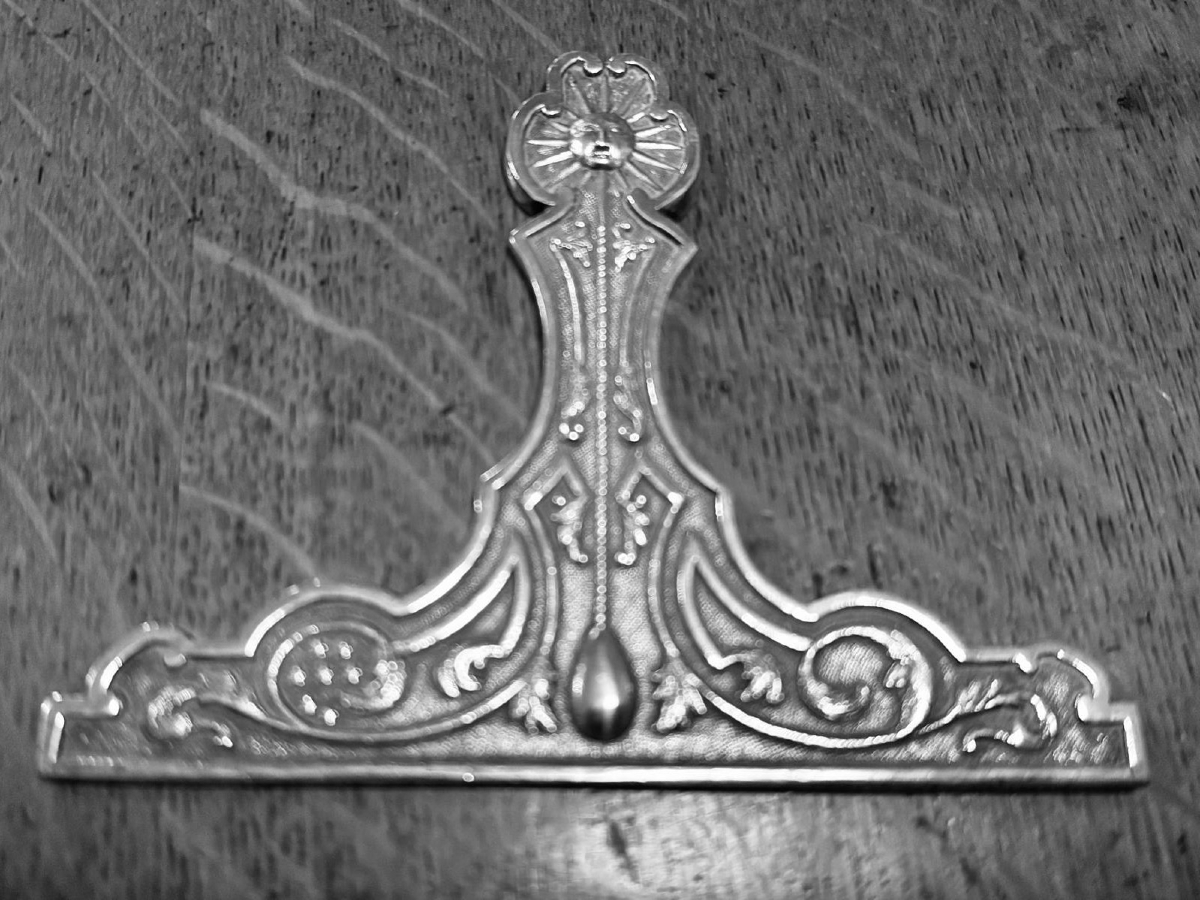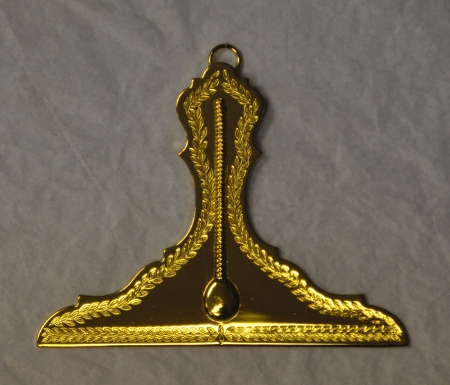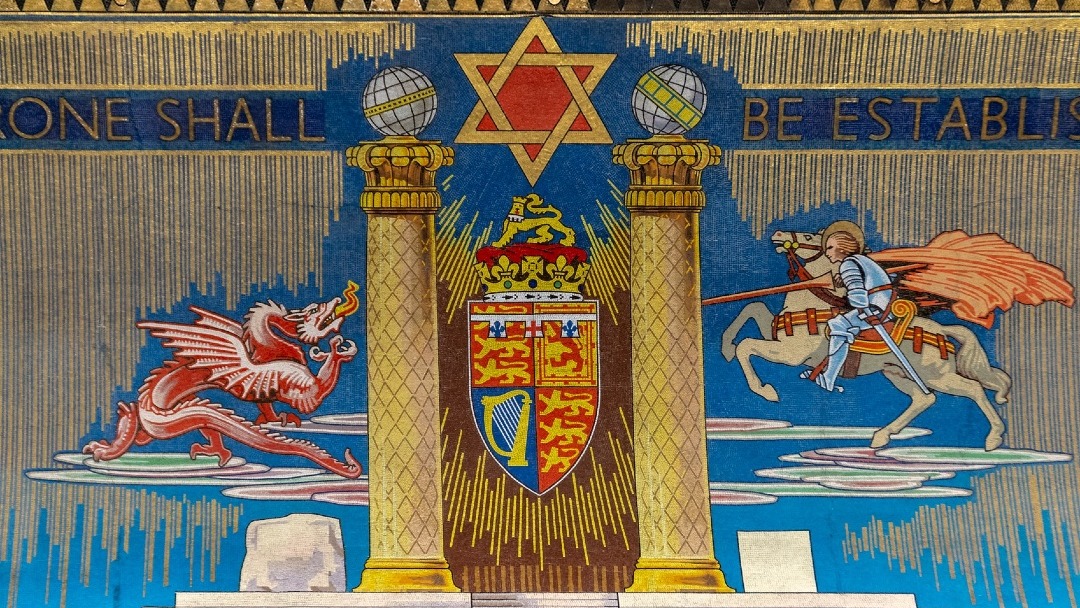The Heart and Anchor: Symbols of Love and Hope in Freemasonry
In Freemasonry, the symbols of the heart and anchor hold significant meaning, representing core values that guide members in their personal and communal lives. These symbols are often used to convey important moral lessons and ideals.
The Heart symbolizes love, compassion, and charity. It serves as a reminder for Freemasons to cultivate brotherly love and to extend kindness to others. This emphasis on love is not limited to fellow Masons; it encourages members to show compassion to all humanity. The heart embodies the idea that true strength lies in the ability to care for others, fostering a sense of community and support within the Lodge and beyond.
The Anchor, on the other hand, represents hope and stability. It signifies the importance of having a firm foundation in one’s beliefs and values, providing a sense of security amidst life’s challenges. The anchor serves as a reminder for Masons to remain steadfast in their principles, even when faced with adversity. It encourages members to hold onto hope and to trust in a higher power, guiding them through difficult times.
Together, the heart and anchor symbolize the balance between love and hope, essential qualities for personal growth and moral development. They remind Freemasons of their commitment to act with compassion while maintaining a strong foundation in their beliefs. In essence, these symbols encapsulate the essence of Freemasonry, promoting a life dedicated to service, integrity, and mutual support.
If you would like to be part of a global community that has its roots firmly in the ground in Buckinghamshire, please join us by following this link: https://buckspgl.org/join
In Freemasonry, the symbols of the heart and anchor hold significant meaning, representing core values that guide members in their personal and communal lives. These symbols are often used to convey important moral lessons and ideals.
The Heart symbolizes love, compassion, and charity. It serves as a reminder for Freemasons to cultivate brotherly love and to extend kindness to others. This emphasis on love is not limited to fellow Masons; it encourages members to show compassion to all humanity. The heart embodies the idea that true strength lies in the ability to care for others, fostering a sense of community and support within the Lodge and beyond.
The Anchor, on the other hand, represents hope and stability. It signifies the importance of having a firm foundation in one’s beliefs and values, providing a sense of security amidst life’s challenges. The anchor serves as a reminder for Masons to remain steadfast in their principles, even when faced with adversity. It encourages members to hold onto hope and to trust in a higher power, guiding them through difficult times.
Together, the heart and anchor symbolize the balance between love and hope, essential qualities for personal growth and moral development. They remind Freemasons of their commitment to act with compassion while maintaining a strong foundation in their beliefs. In essence, these symbols encapsulate the essence of Freemasonry, promoting a life dedicated to service, integrity, and mutual support.
If you would like to be part of a global community that has its roots firmly in the ground in Buckinghamshire, please join us by following this link: https://buckspgl.org/join

